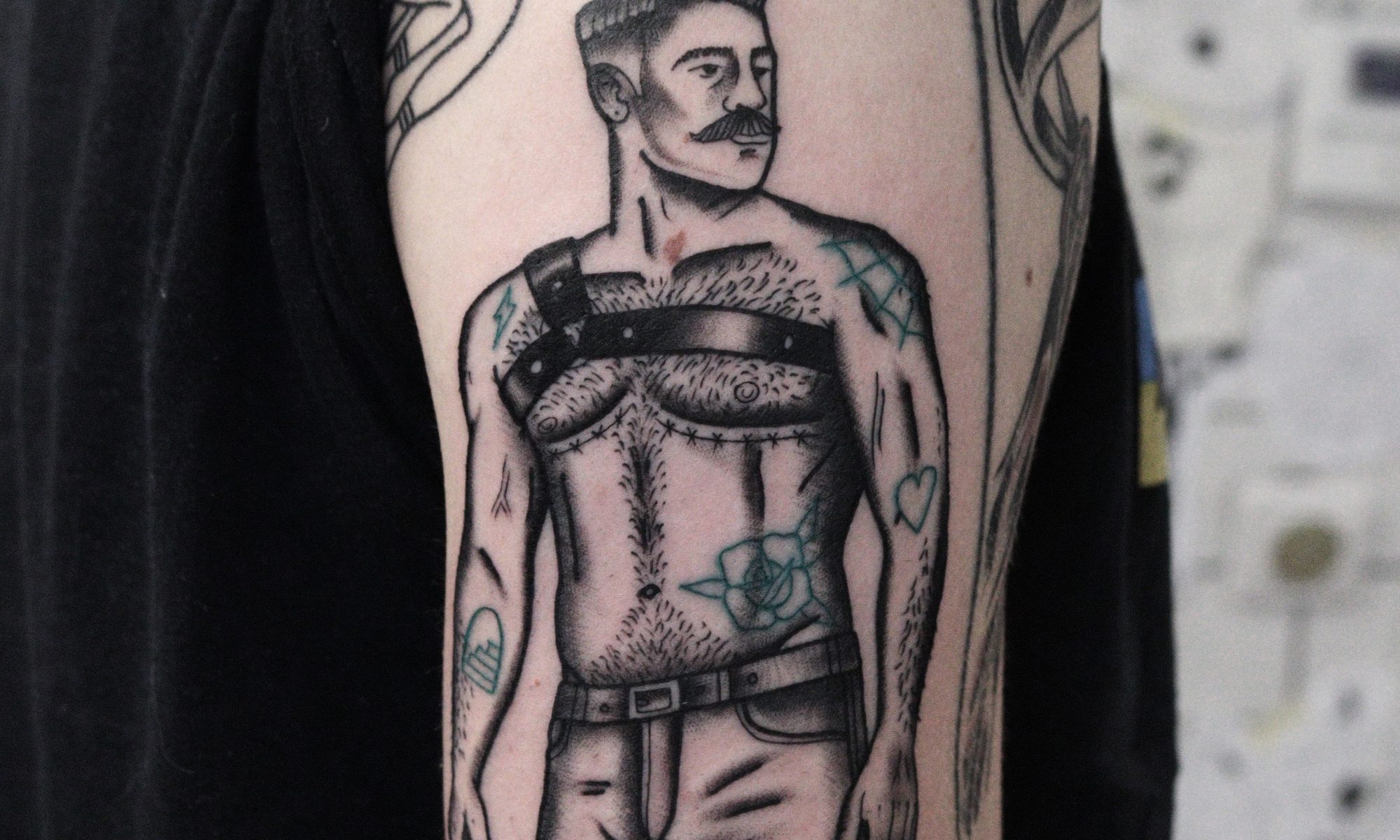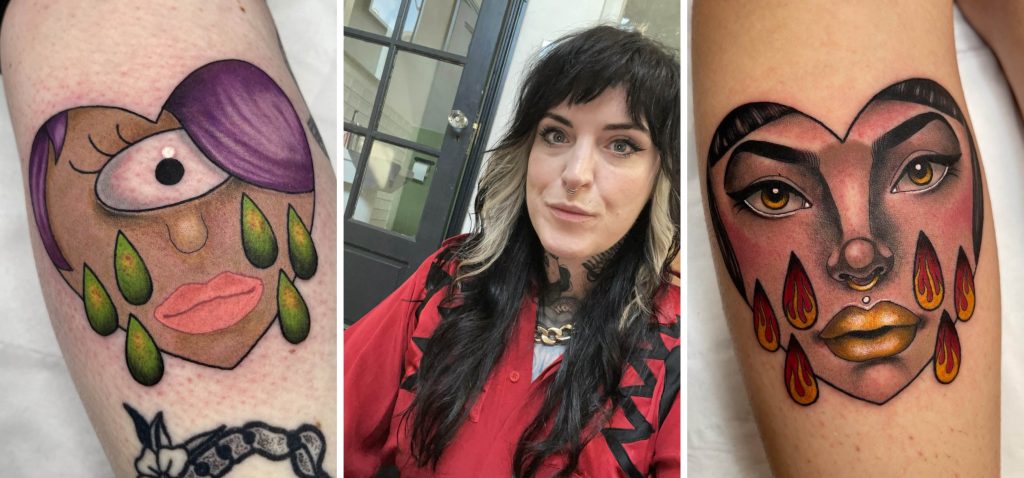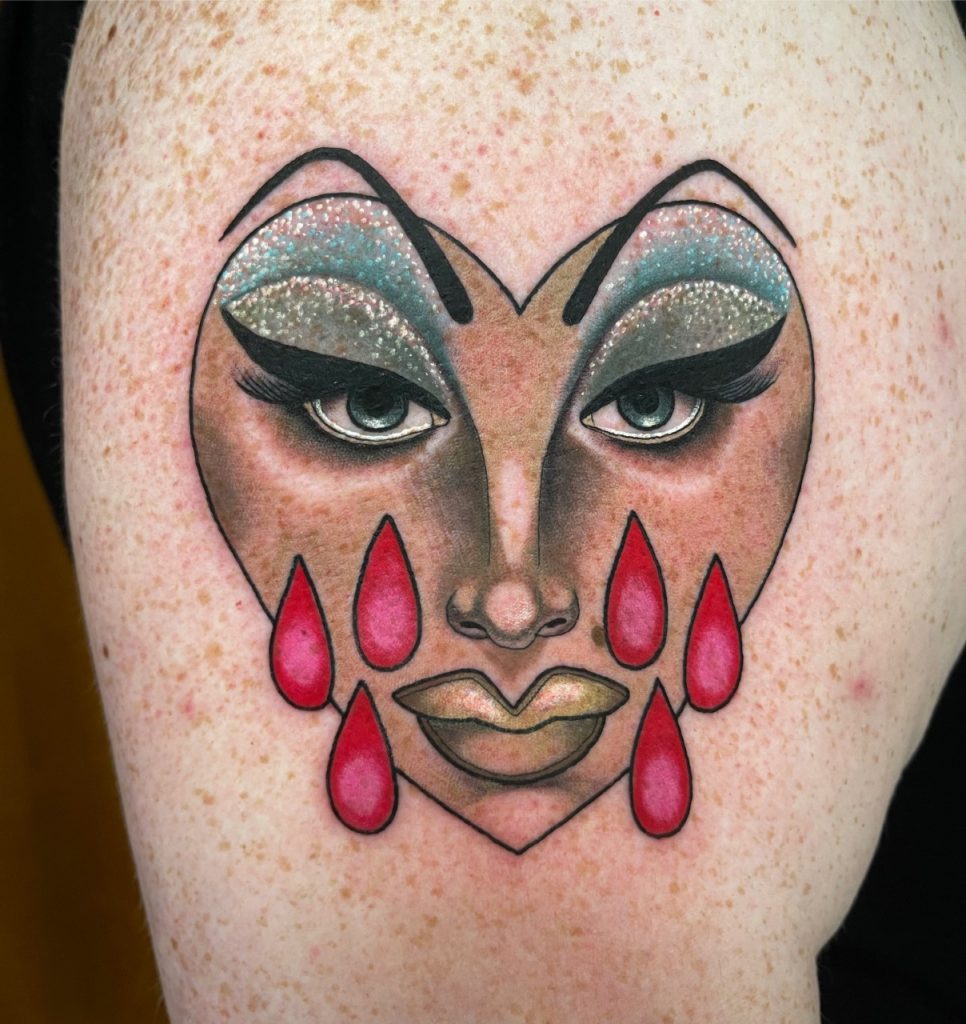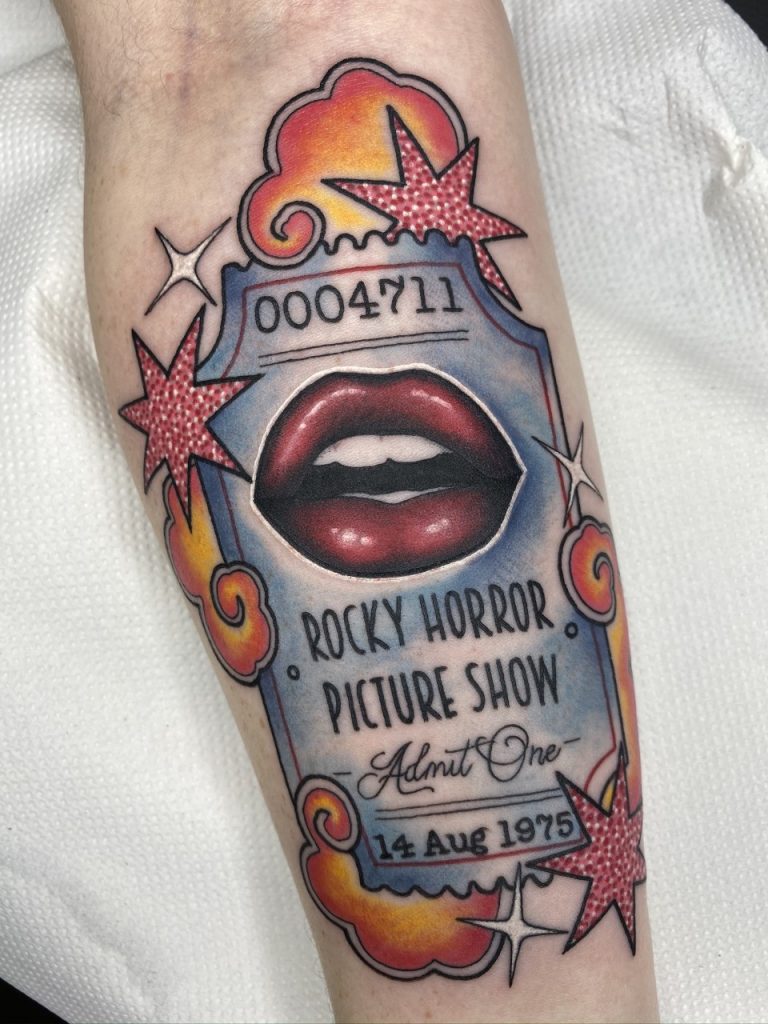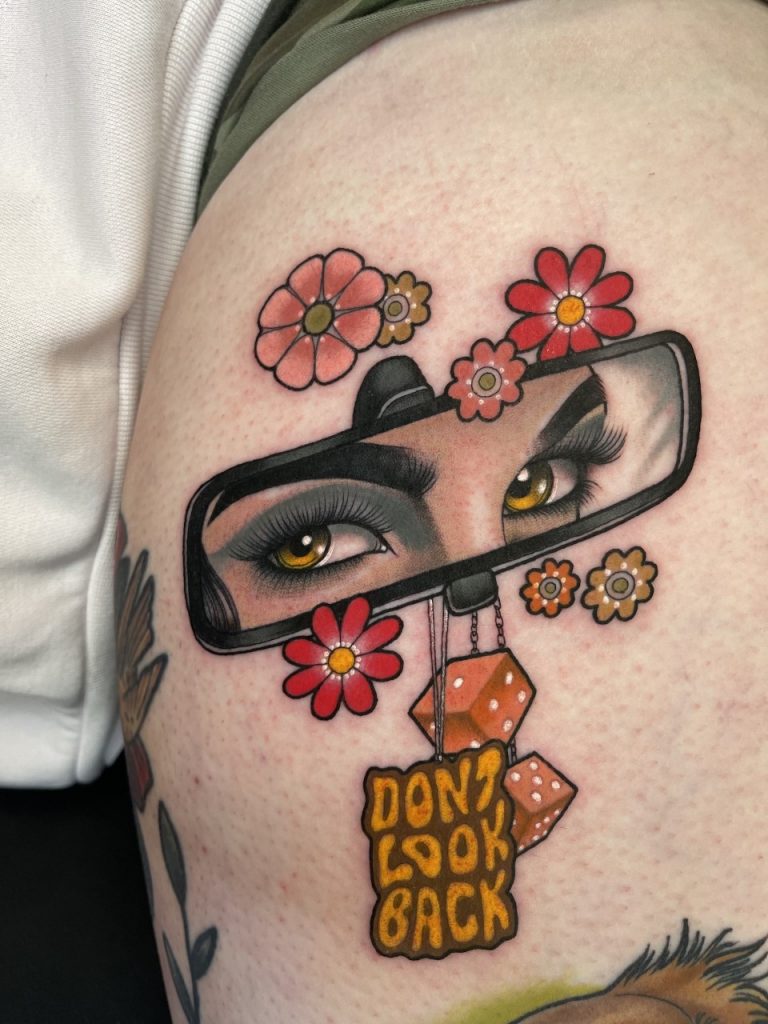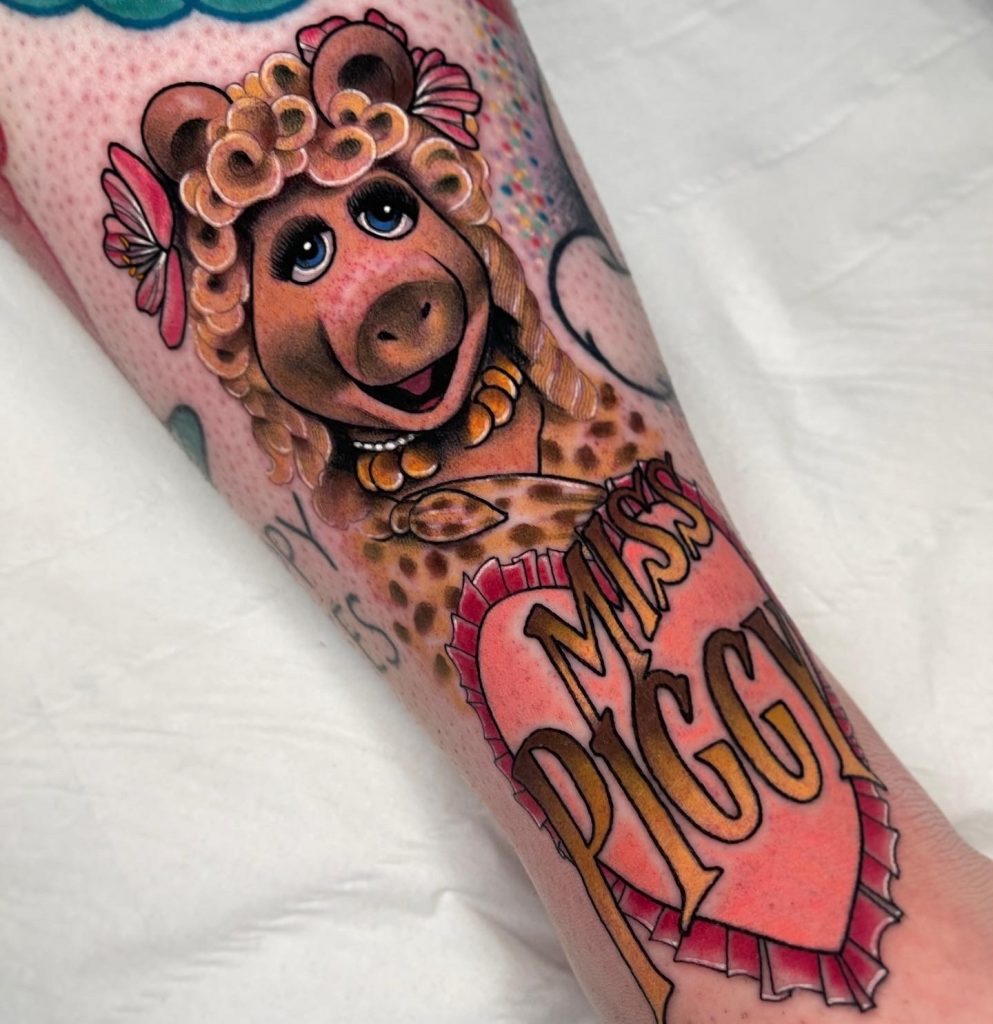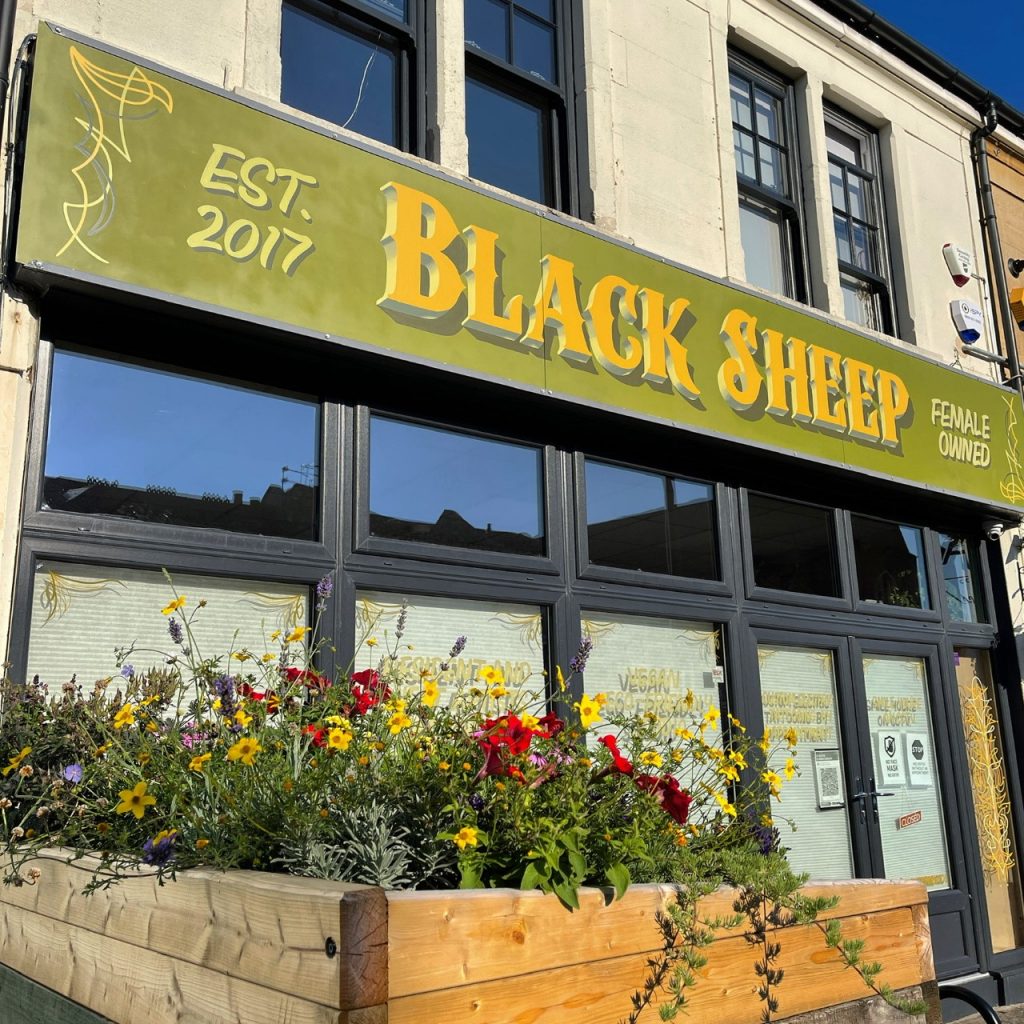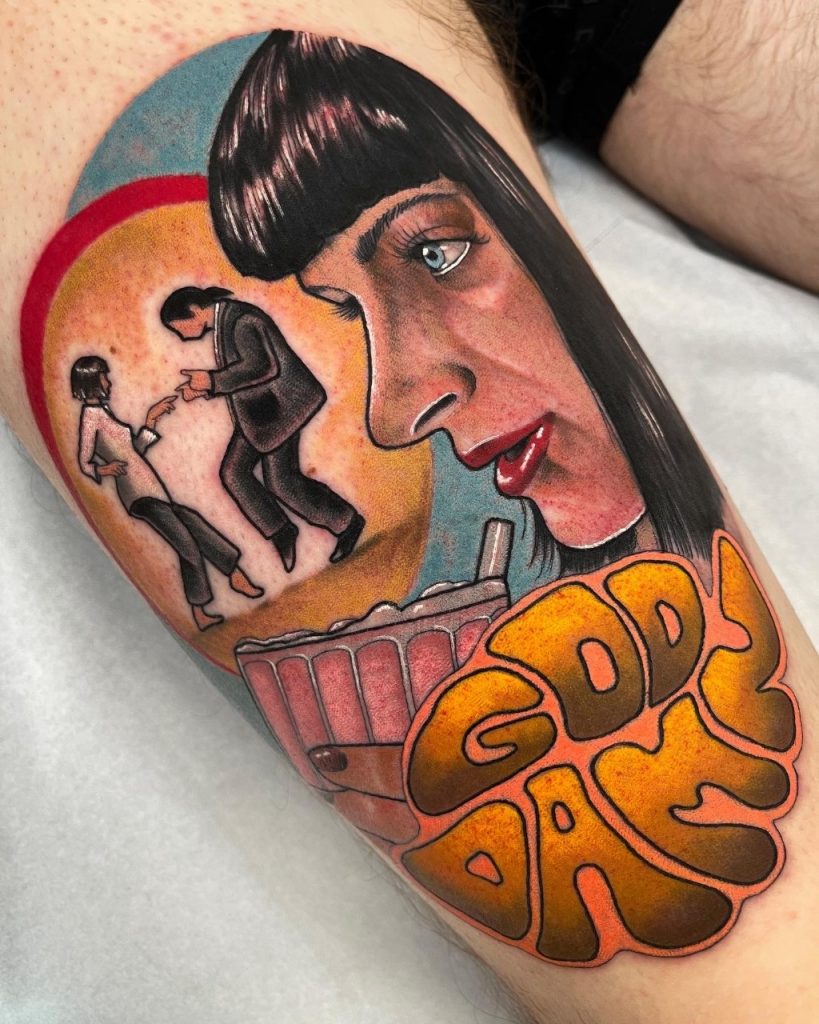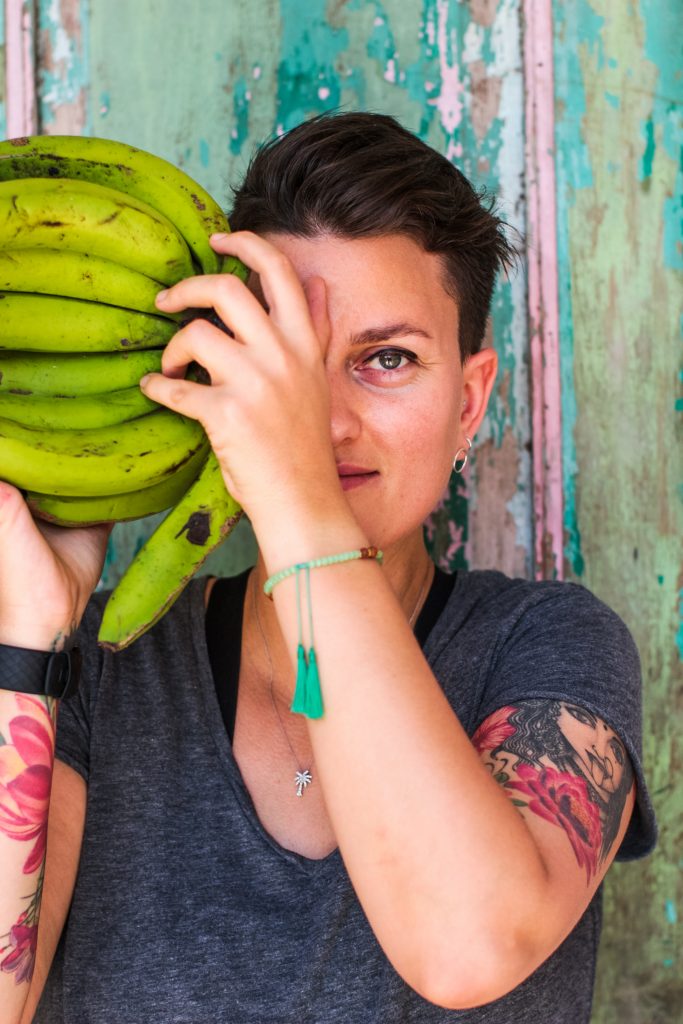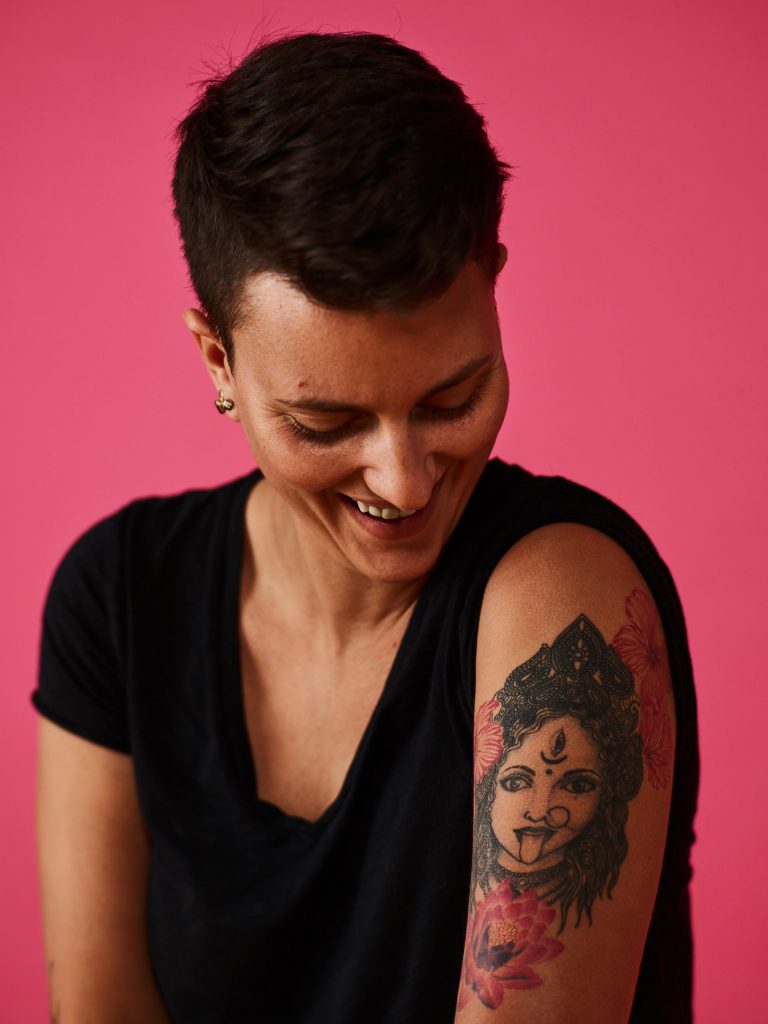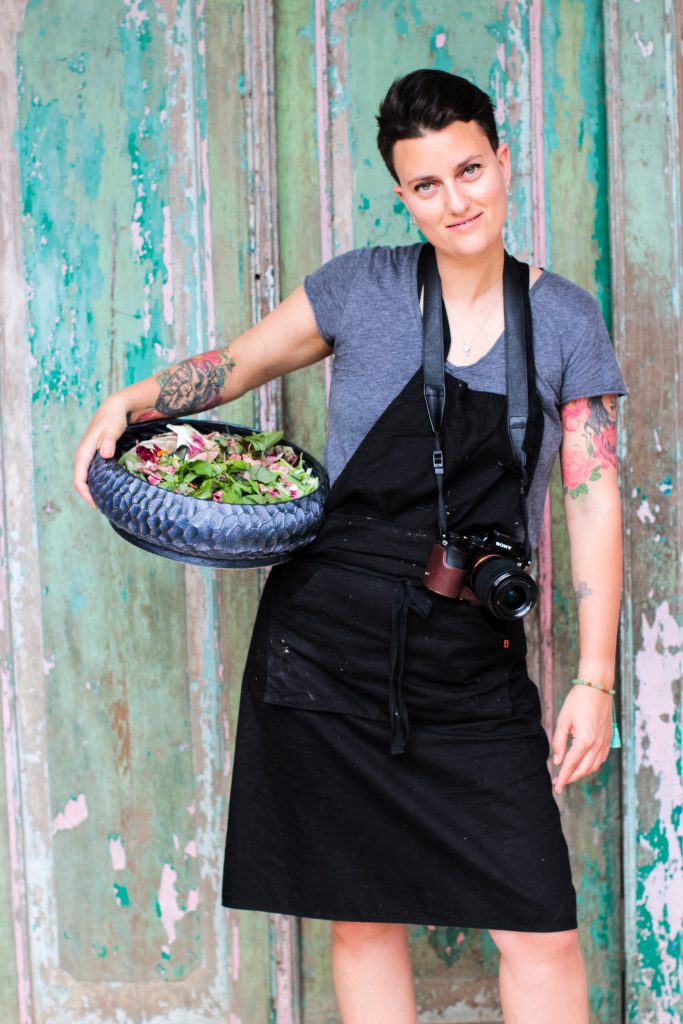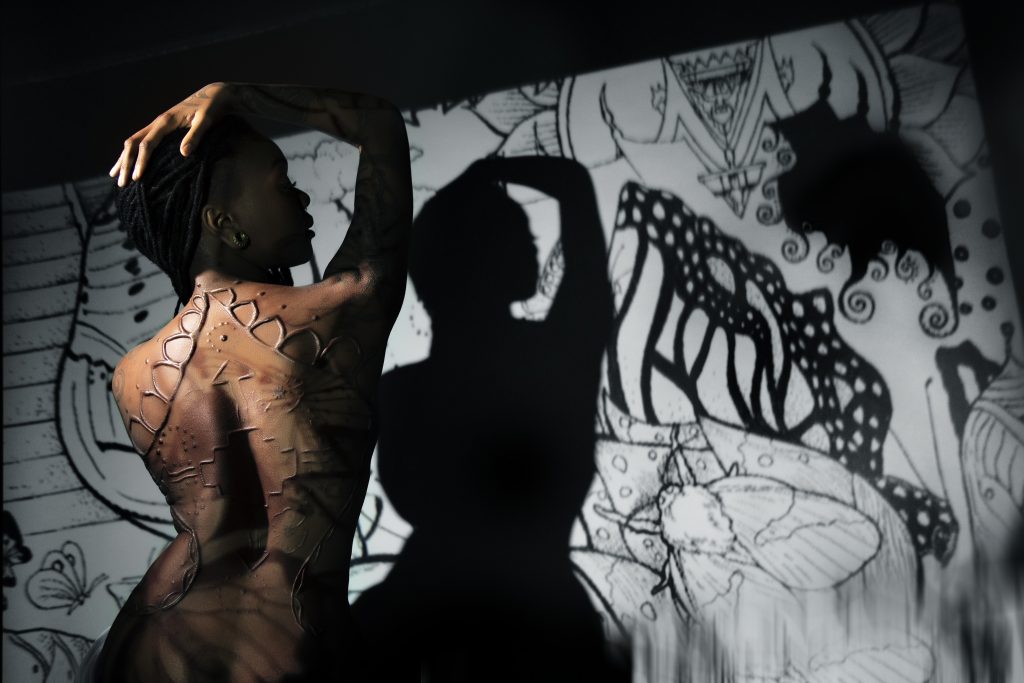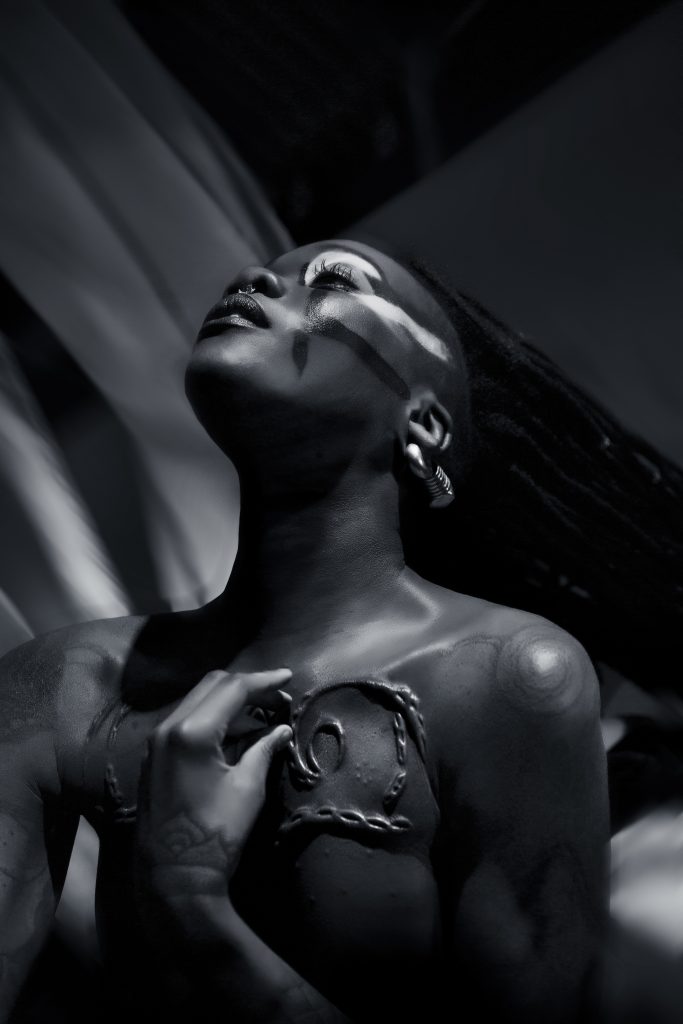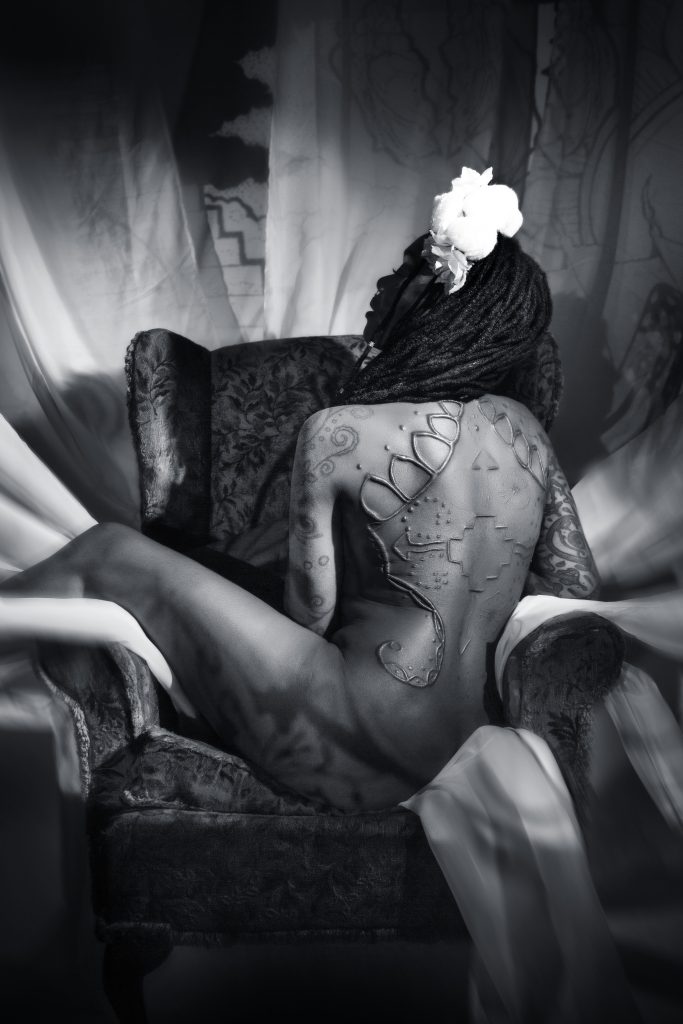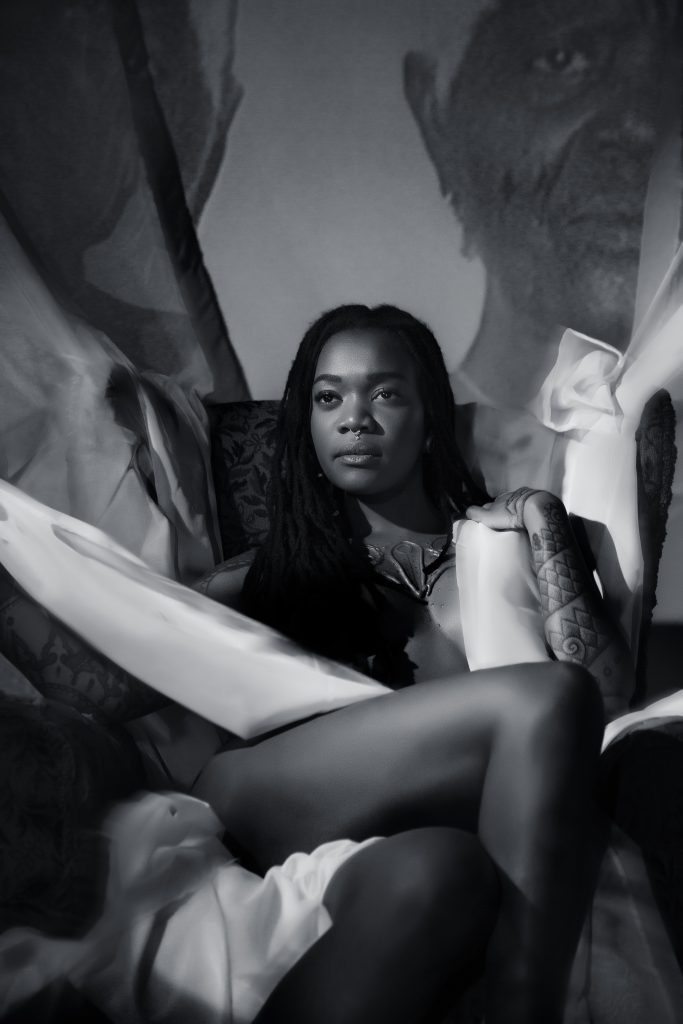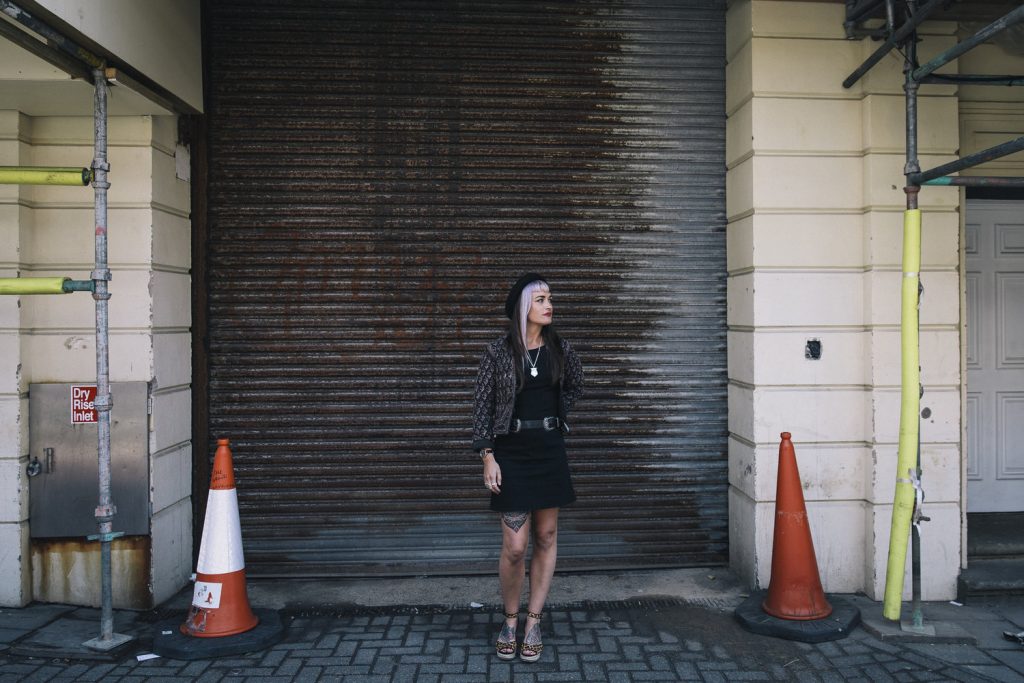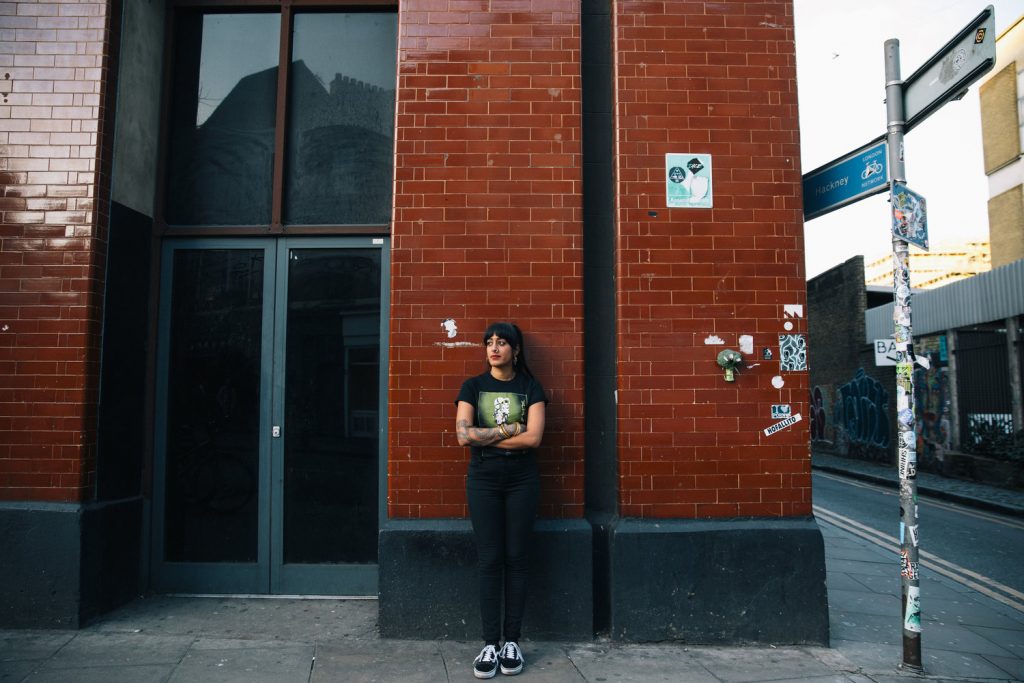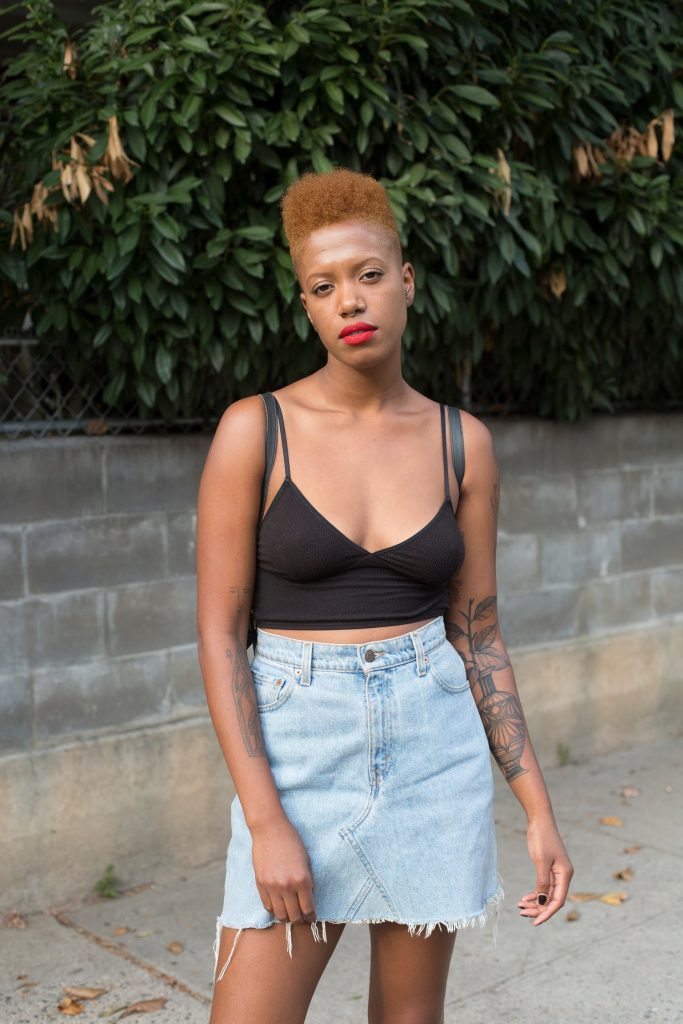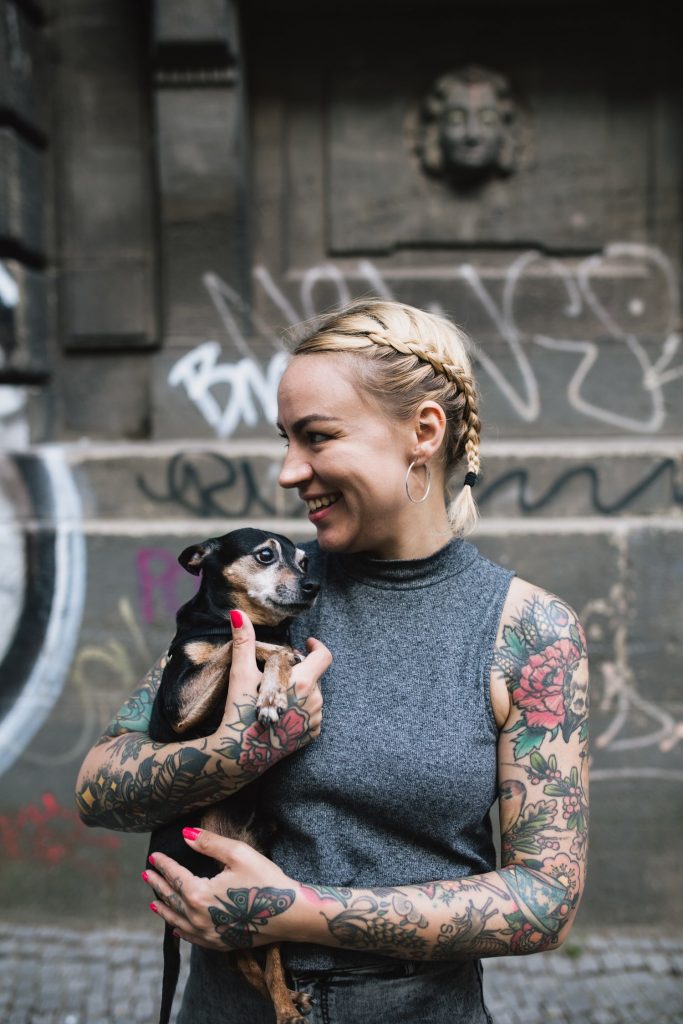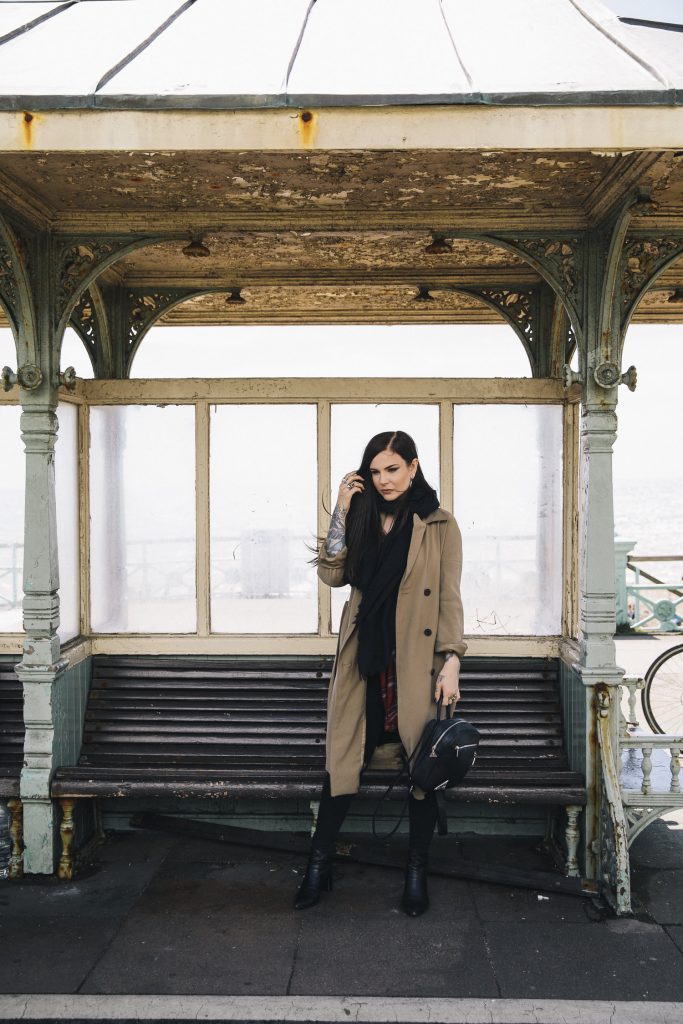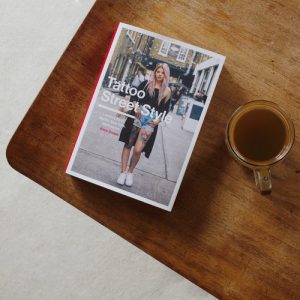*NSFW: YOU MIGHT NOT WANT TO OPEN THIS ARTICLE IN FRONT OF YOUR GRANDMA OR YOUR BOSS AT WORK, AS THERE IS A LOT OF NUDITY, INCLUDING FULL FRONTAL (UNLESS THEY’RE INTO KINK, TOO)*
We love that BDSM offers a community of acceptance allowing people to embrace and celebrate their sexualities… We also adore that many tattoo collectors are choosing to proudly adorn their bodies with designs that reflect their connection to this vibrant, sex-positive and ever-growing community.
We spoke to the tattoo artists specialising in these designs about their perspectives on the BDSM and kink scene. Of course, we also heard from collectors about why they love these tattoos too…
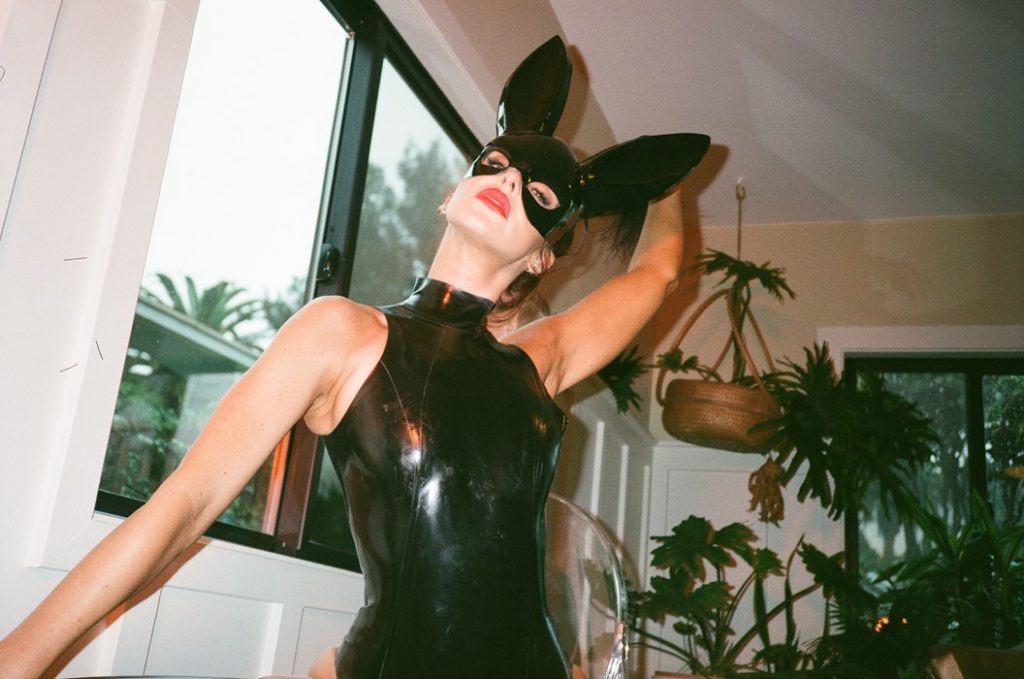
@safewordbysophie – London, UK
“I was a fetish fashion model for over a decade and found myself surrounded by strong, intelligent women who owned their sexuality – I’ve always tried to replicate that both personally and artistically. As a young adult, the community really shaped me in a positive way and taught me a lot about consent and communication, which helps so much with my own tattoo clients.”
“Fetish work always seemed like the most natural thing to transition into tattooing as it was something I had a lot of knowledge of (and experience in) and I loved drawing it. My style translated to tattooing perfectly.”
Sophie’s admiration for photographers such as Bob Carlos Clarke, Guy Bourdin, Helmut Newton, and artists including John Willie and Tom of Finland sparked her interest in Shibari. With her background in fetish work and love for drawing, she found Shibari a natural fit. Transitioning to tattooing, her style remained consistent, reflecting her passion with ease.
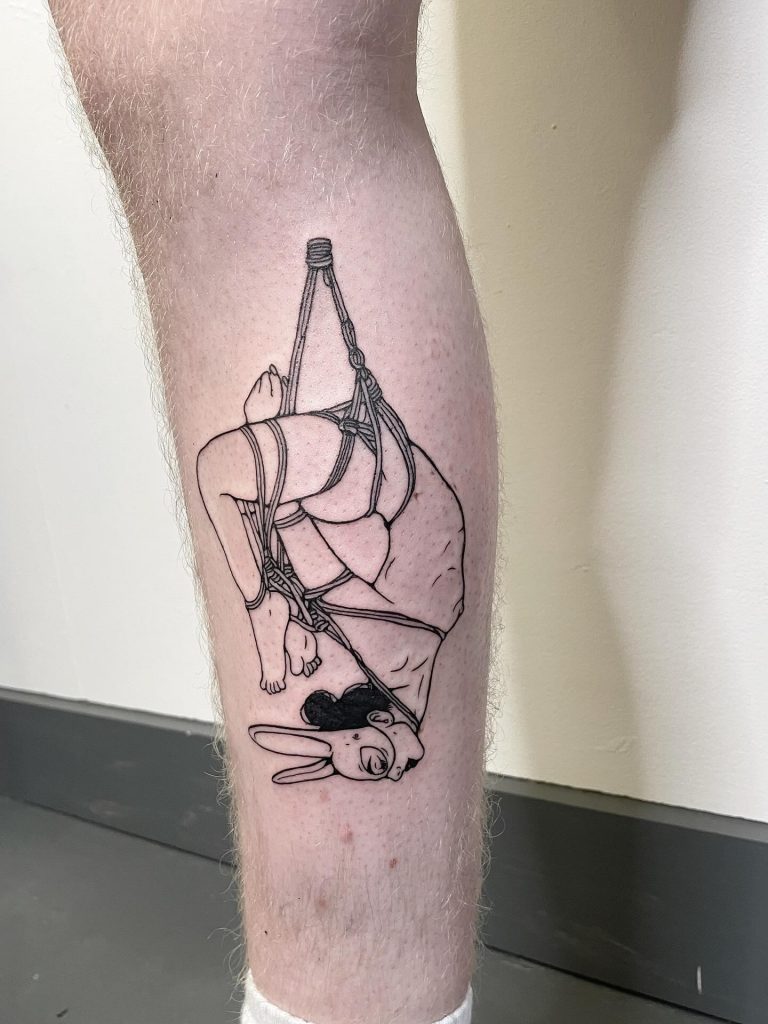
“I’d say that 75% of my clients who get kinky work are female and most are LBGTQ+. I’ve worked with Sub/Dom dynamics before, but most of my work centres on female empowerment. I don’t tattoo women participating in anything NSFW that could be even slightly misconstrued as discomfort or pain. I also don’t tattoo fetish work anywhere that is really visible or hard to conceal – I can consent, as can my client, but the general public can’t.”
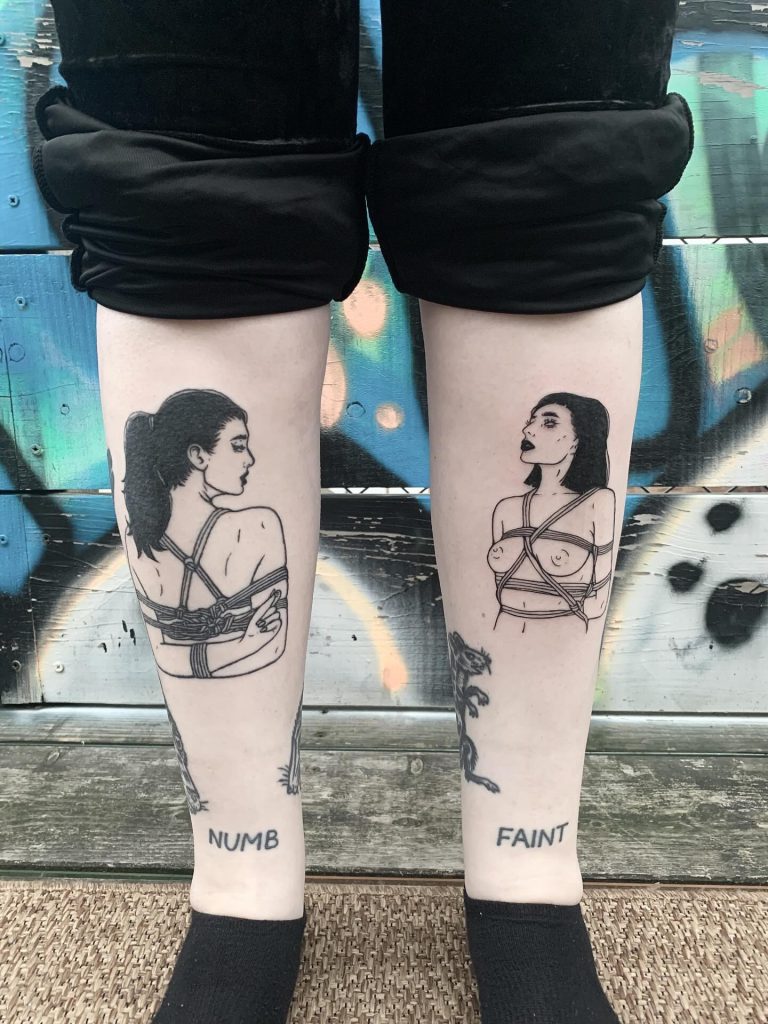
“I have a responsibility as an artist to make sure my clients’ wellbeing is the most important part of the process – that includes appropriately placing a tattoo that could potentially jeopardise job opportunities and how they are perceived in an everyday setting.”
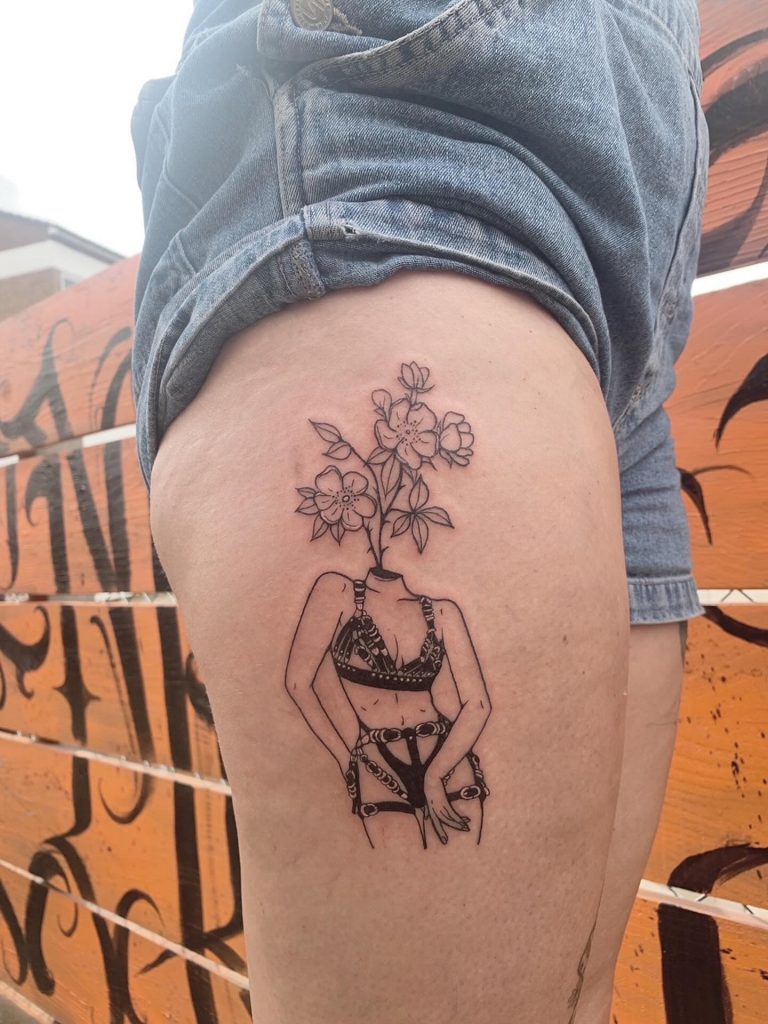
@thatgirlsare – collector
“This tattoo screams ‘female sexual empowerment‘ and that’s exactly why I chose it. I asked the tattooist to change the fingers to ones that looked more feminine as there’s nothing more powerful than a woman who’s sexually empowered. It’s one of my favourite tattoos.”
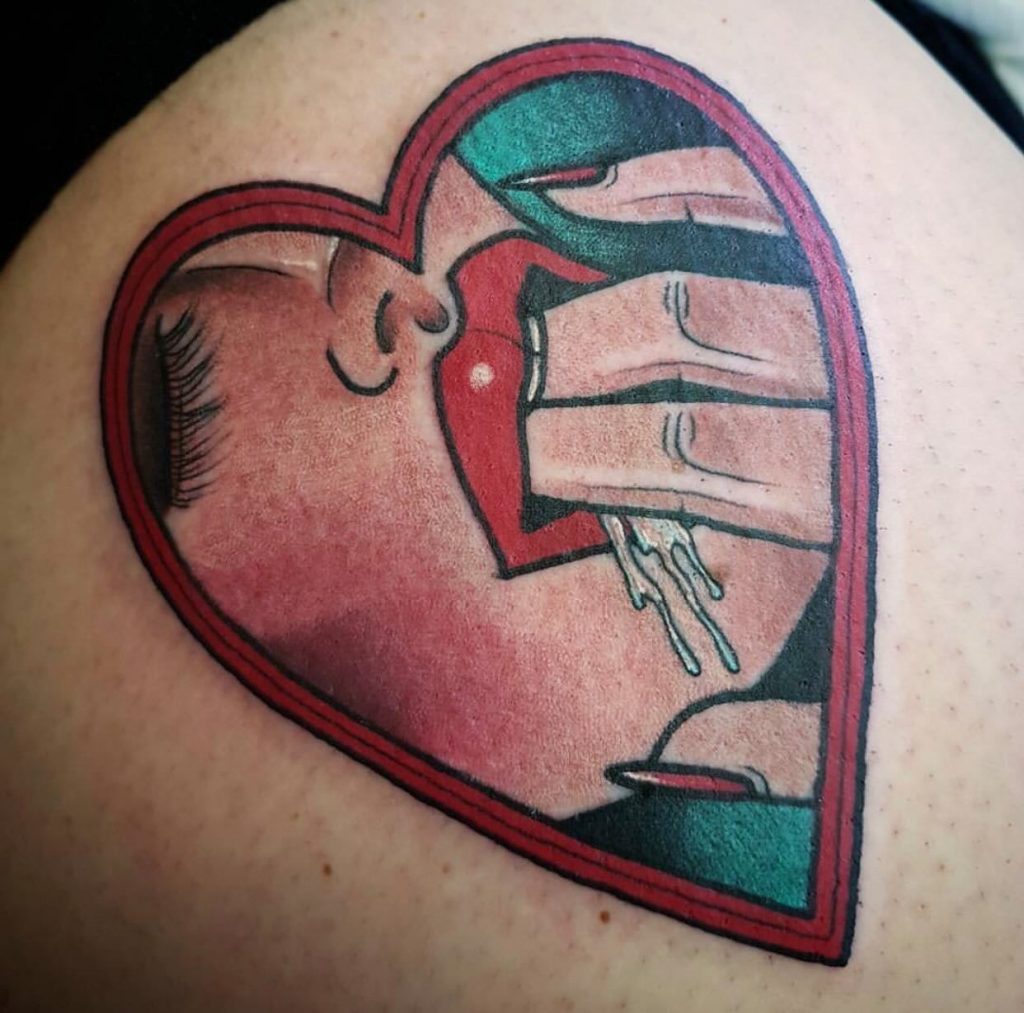
@gabrielalastratattoos – Newcastle, UK
“I love creating sex-positive tattoos and working with a diverse group of clients who want to feel empowered through ink. These tattoos break stereotypes and attract people from all walks of life, each wanting a unique way to express themselves.
“From detailed designs celebrating body positivity to subtle symbols of liberation, sex-positive tattoos tell individual stories. I connect with clients who appreciate the art, building a community that values creativity over stereotypes – this means prioritising individuality, originality and diverse perspectives in artistic expression. It means embracing the uniqueness of each person’s creativity, regardless of societal norms or preconceived notions. It challenges stereotypes that may limit or box in people based on factors such as gender, race or background, making a more inclusive and open-minded creative community.”
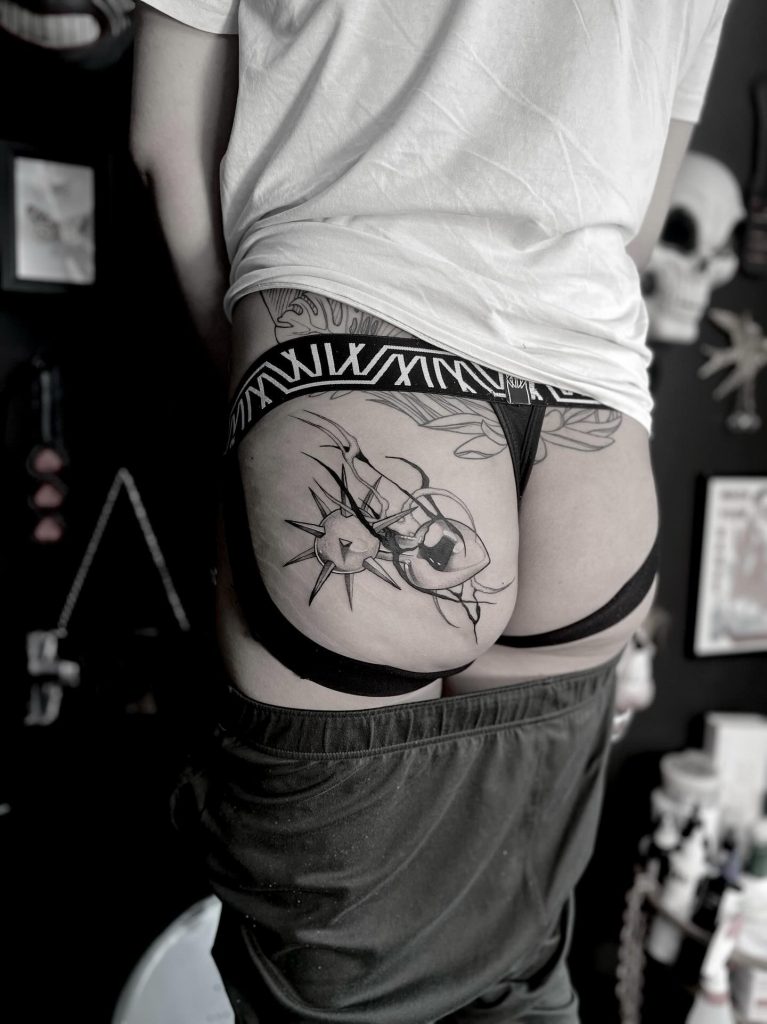
“My clients might seem conservative on the surface due to their professional background or upbringing, but they express themselves through art that some might find taboo. It’s about embracing unexpected side.”
“My clients showcase the inclusive nature of sex-positive tattoo artistry. These tattoos aren’t seedy; they’re a celebration of personal thoughts and fantasies, breaking free from societal norms. My passion goes beyond the ink; it’s about witnessing clients reclaim their bodies and embrace their unique journeys.“
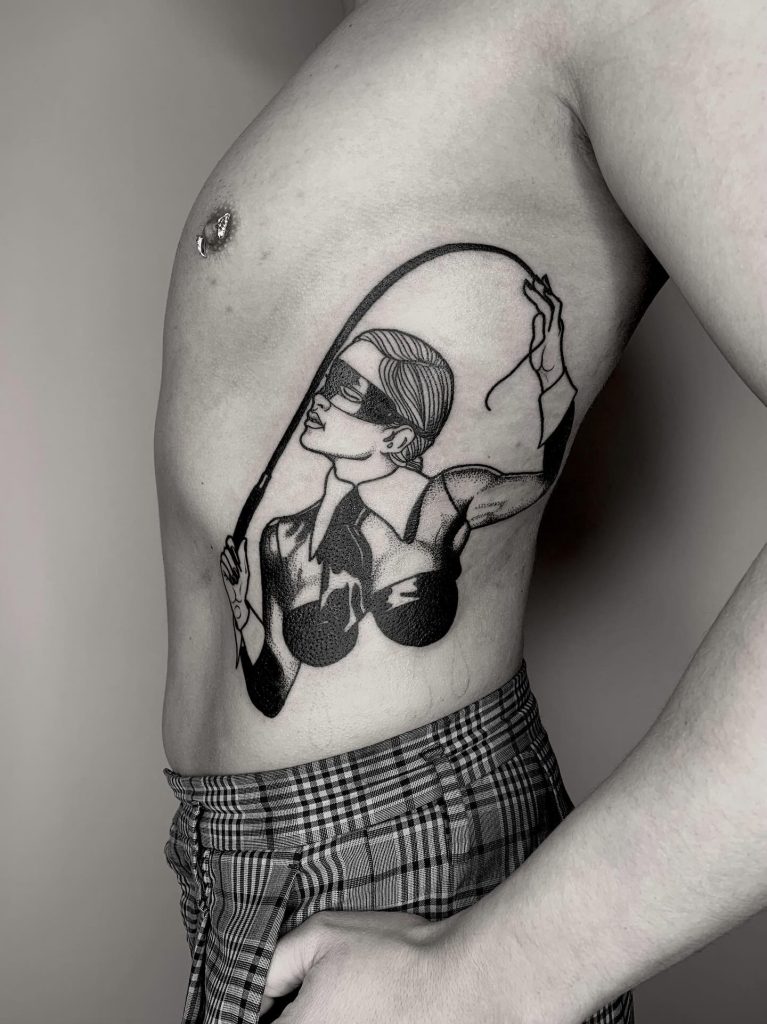
“Whether a client is quiet or outspoken, they become a platform for empowerment. Conversations sparked by these tattoos challenge norms and redefine beauty. This mix of art and self-discovery keeps me loving what I do, fostering connection and understanding.”
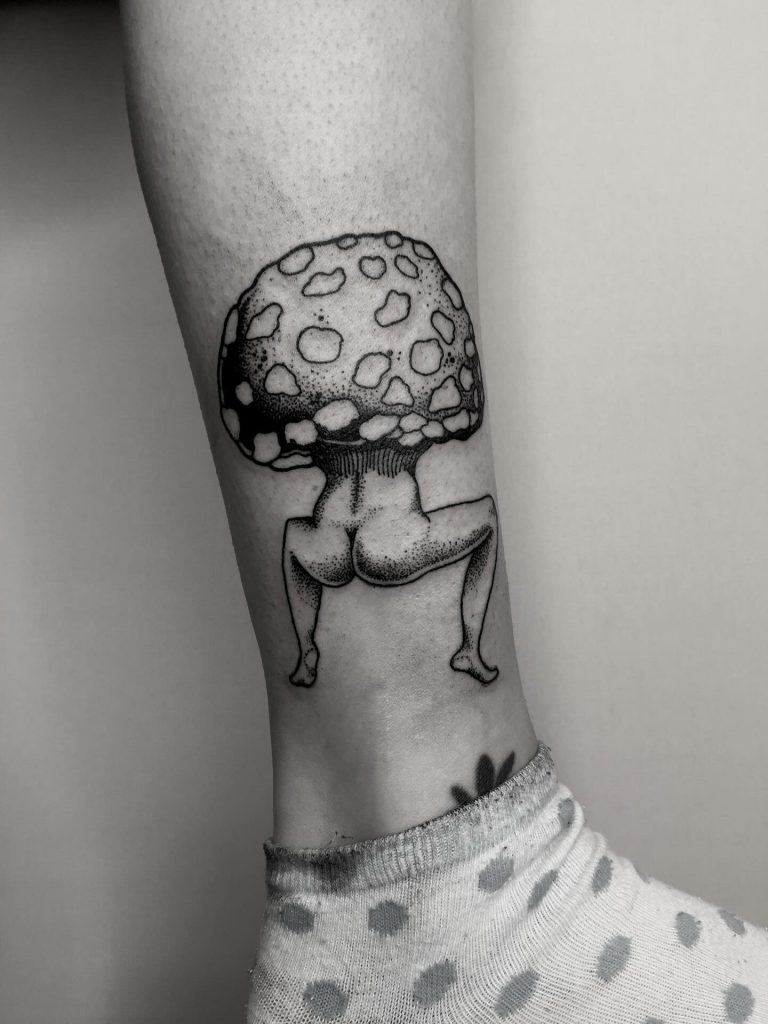
@latexpapi – Montreal, Canada
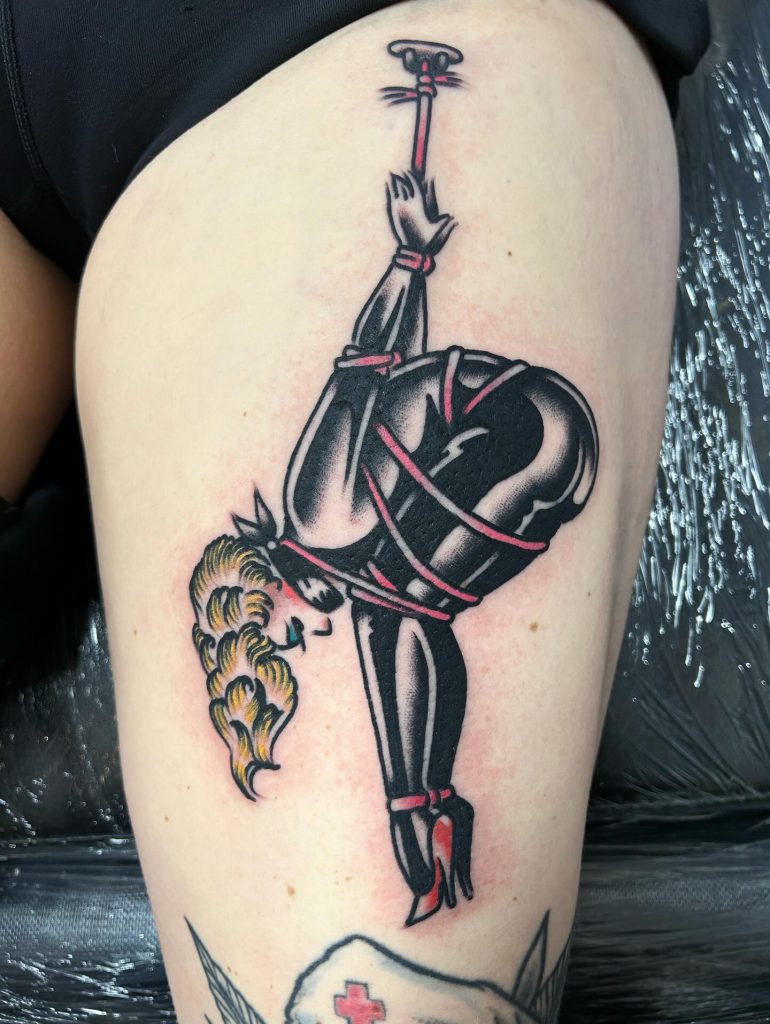
“I am a big fan of trying to push the boundaries of what a traditional tattoo is. I often source my inspiration from vintage fashion and fetish illustrations and photography.”
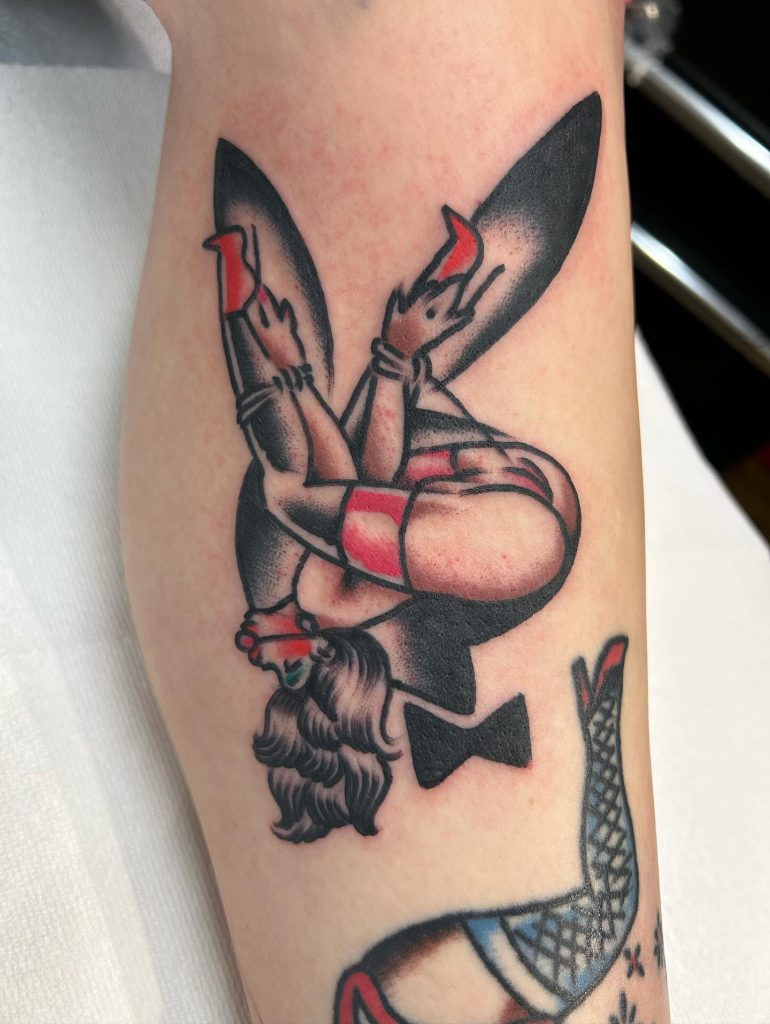
“My goal is to create designs that will shock your grandma but still portray the high class. I want to make designs that are sexy but not pornographic.”
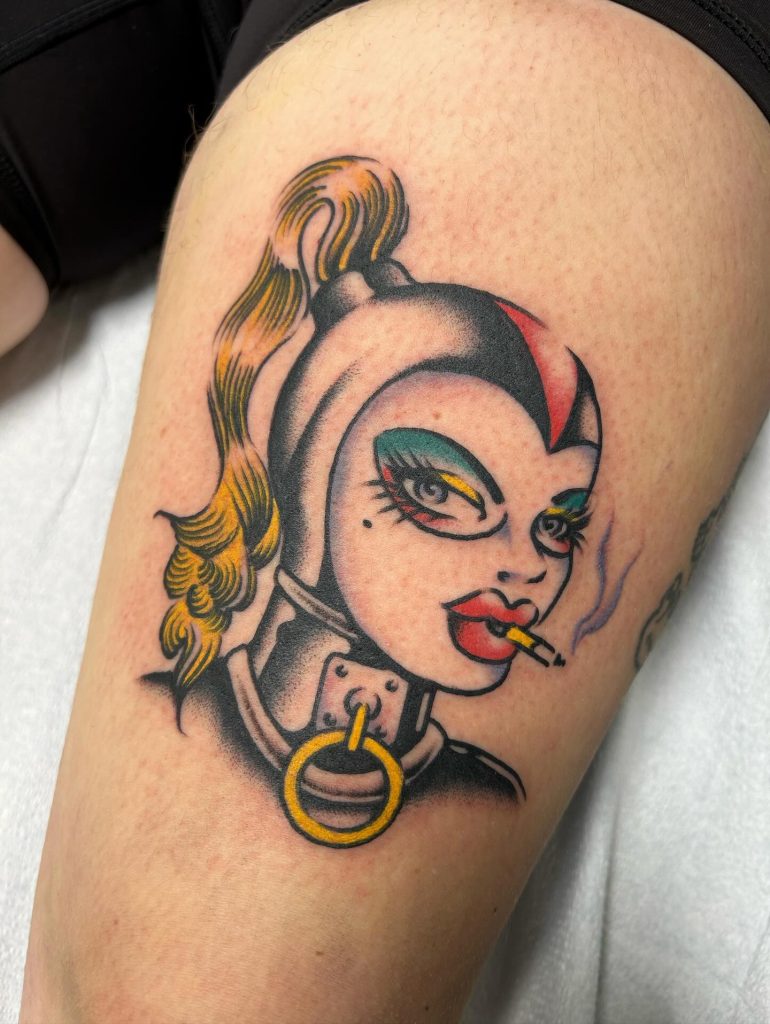
@onnieolearytattoo – Sydney, Australia
“I think people often get these tattoos for the same reason gay men used colour coded handkerchiefs in their back pockets – it allows the wearer to signal their preferences indirectly, without broadcasting them to everyone.”
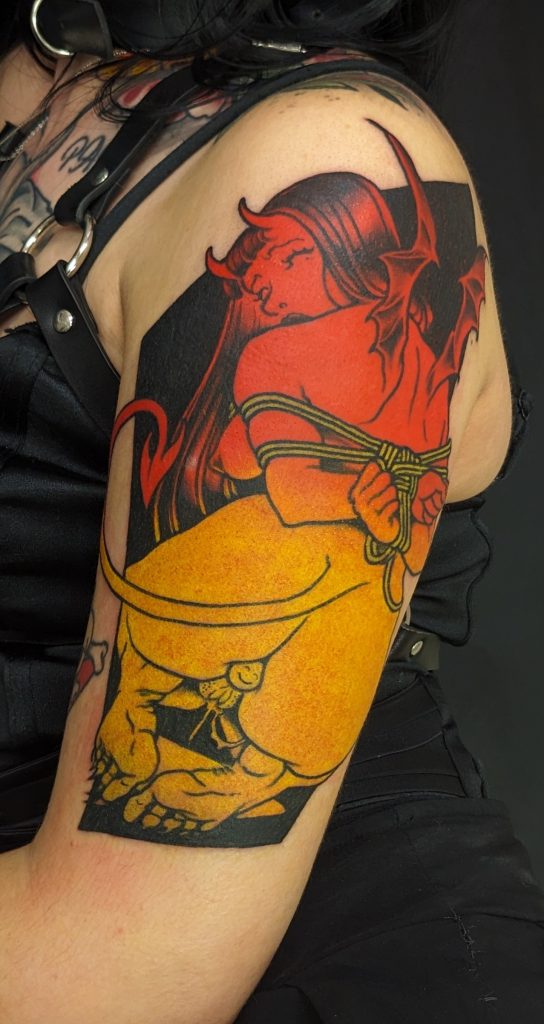
“Other people might use them to celebrate or commemorate an event.I got a two-headed snake after my first MMF threesome, and a jar of coconut oil after I tried anal successfully for the first time.”
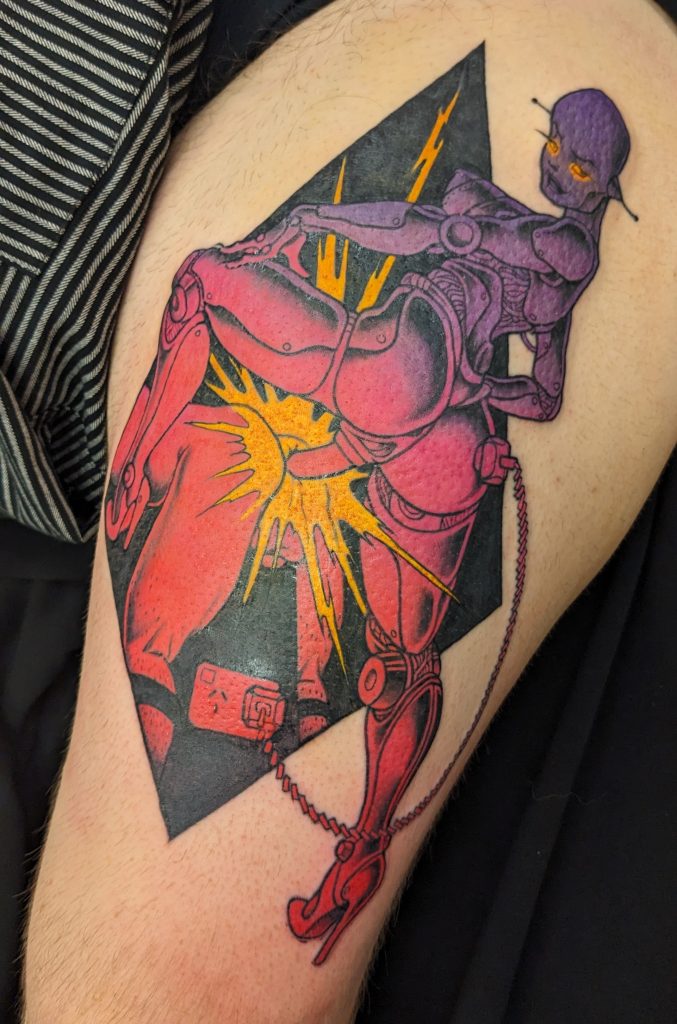
“Plus, some elements of tattooing revolve around trust and pain in the same way that BDSM does, it’s a practice that requires you to be present in your physical body and exert a considerable amount of willpower, and you have to have faith in and good communication with your artist.”
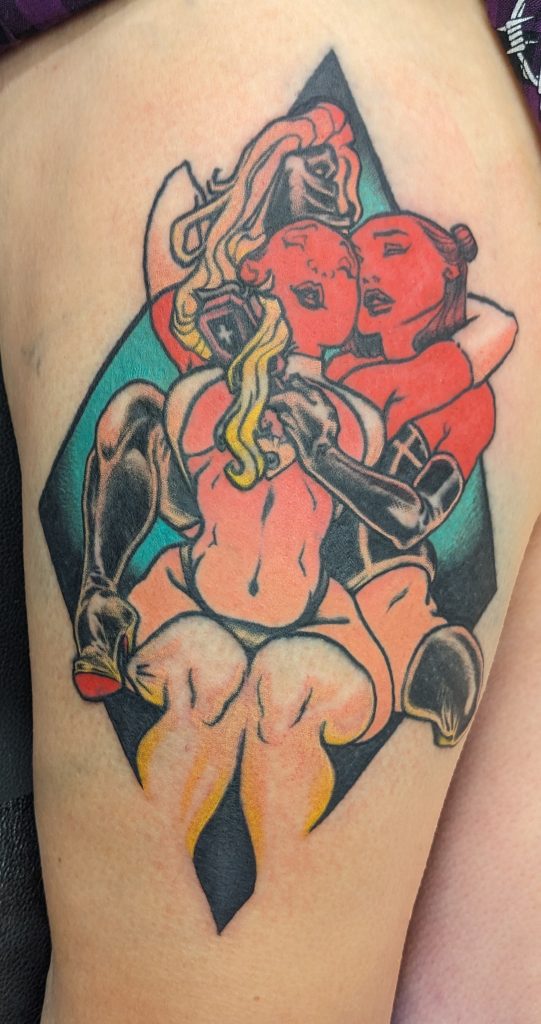
“Artist Damien Hirst once said he wished art would be treated with the same respect as medicine and I think tattooing is as close as we get to that. When done right a tattoo offers us the opportunity to test our physical limits in a safe and protected environment.”
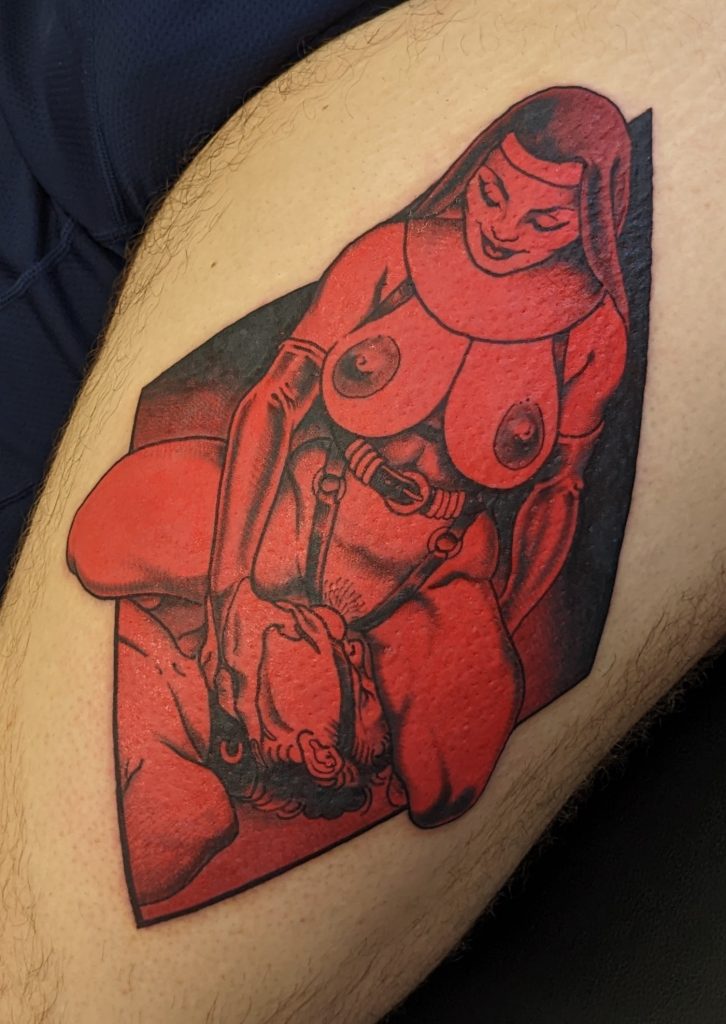
@dexterkay – Brighton, UK
“Getting into queer kink tattooing was a natural progression for me. This came from my growing confidence of my own sexual identity, and demanding space for acceptance and understanding. Because of this I have created a space where LGBT clients can come into a shop and feel comfortable to be 100% themselves throughout the experience. A lot of heteronormative clients don’t understand the stress and dilutions-of-self that queer clients go through. ‘Do I say boyfriend or partner? Is it a safe space?'”
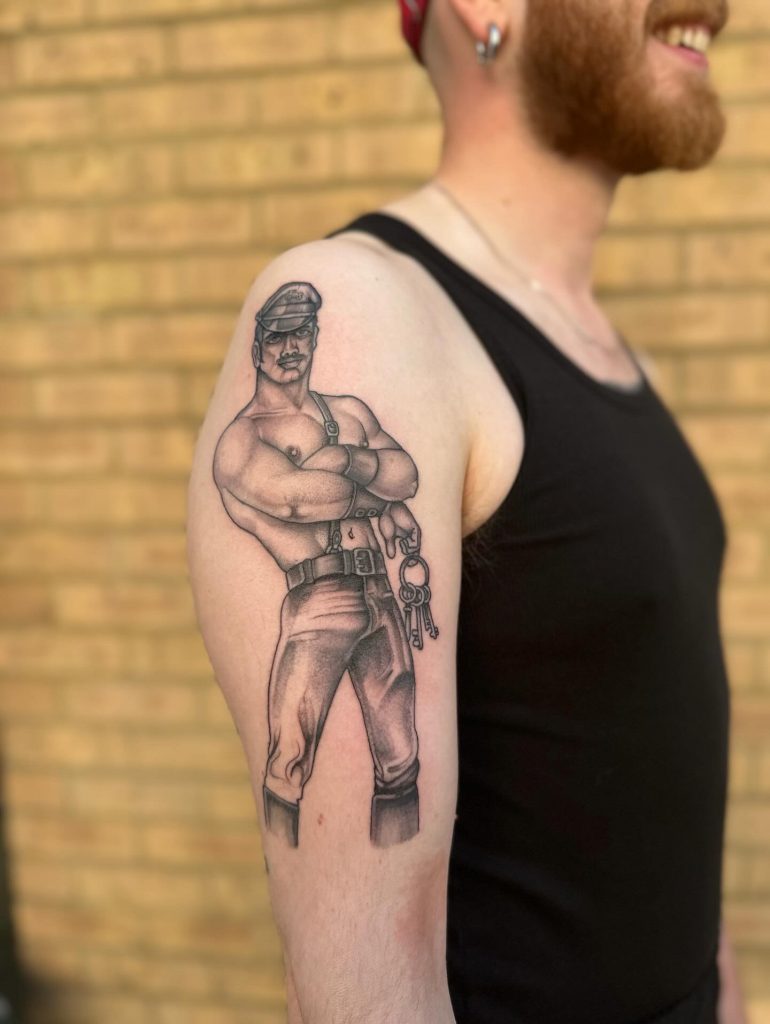
“Queer sex still is still viewed as taboo; violence and rejection is a huge part of queer existence. Seeing that people have the confidence to wear what they were once ashamed of is exciting and opens fun conversations without judgement.”
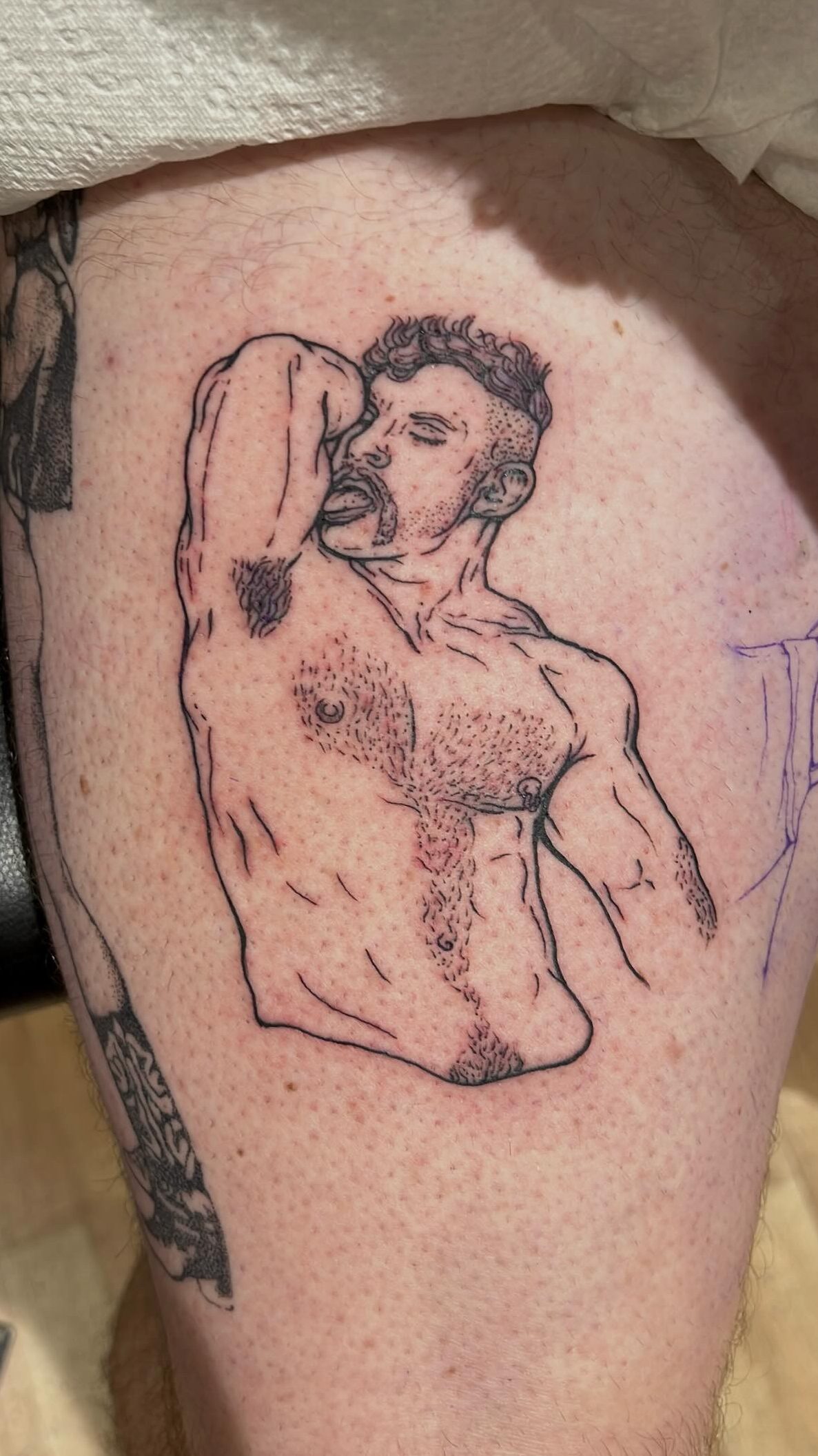
“As an artist, it has made me push my drawing and ability to capture different positions and energy within an image. It’s always interesting to think how people can wear such an image, and how to play with ideas.”
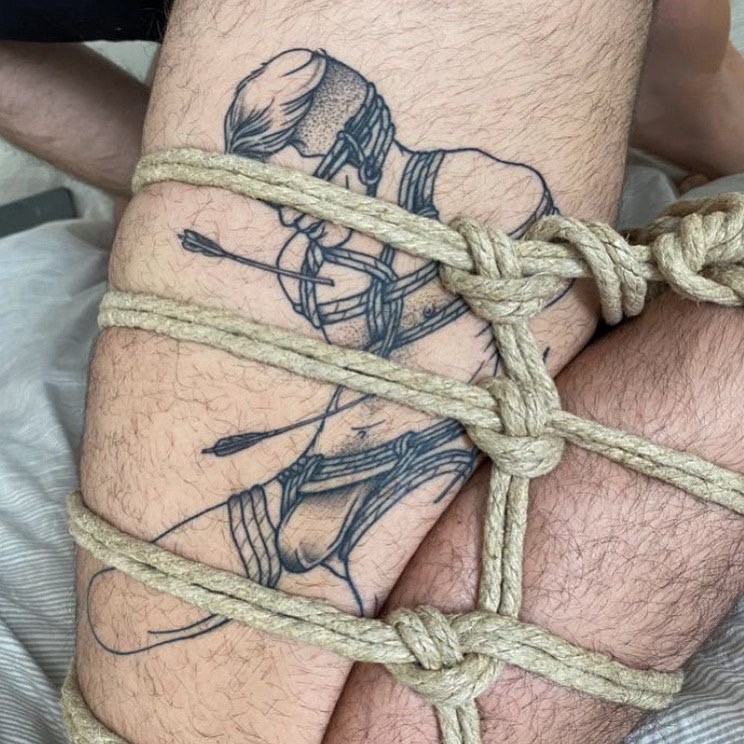
@guerilla_needles – Edinburgh/Leeds – UK
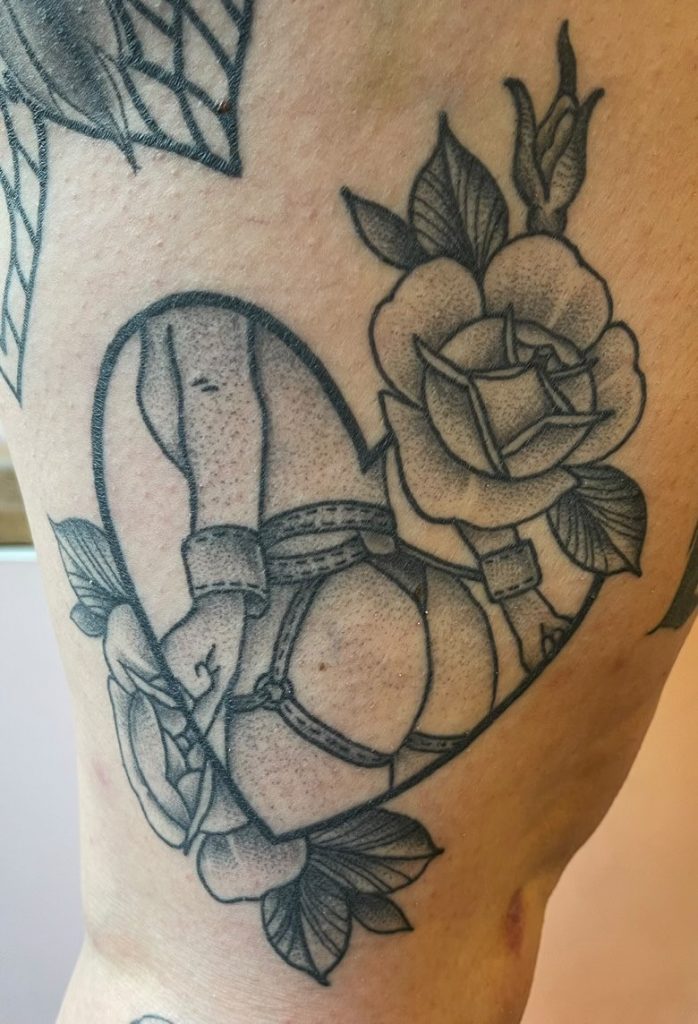
“I love doing kink/BDSM tattoos because I’m part of the subculture, it’s fun to decorate my fellow perverts!”
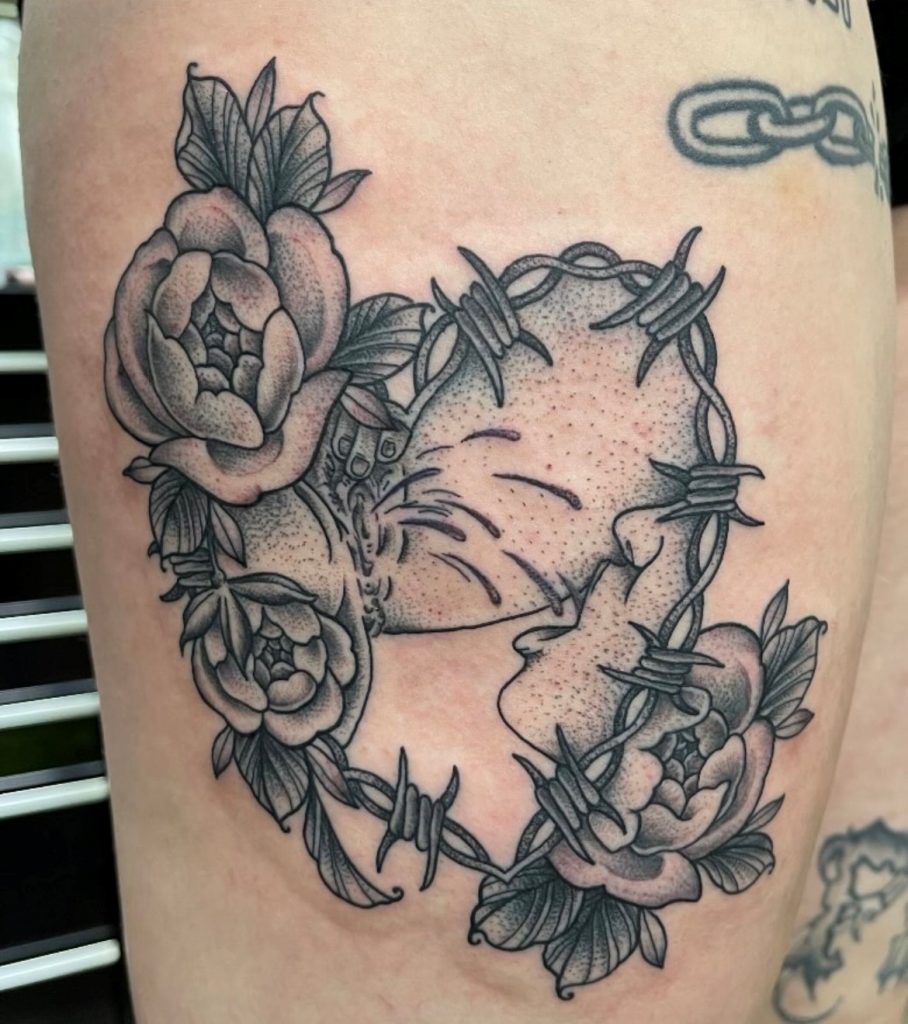
“I’m not a gatekeeper in tattooing, but I also think that there’s something very fun about doing subversive tattoos in a world where actually being tattooed is no longer a subversive act. I like to be a part of that.”
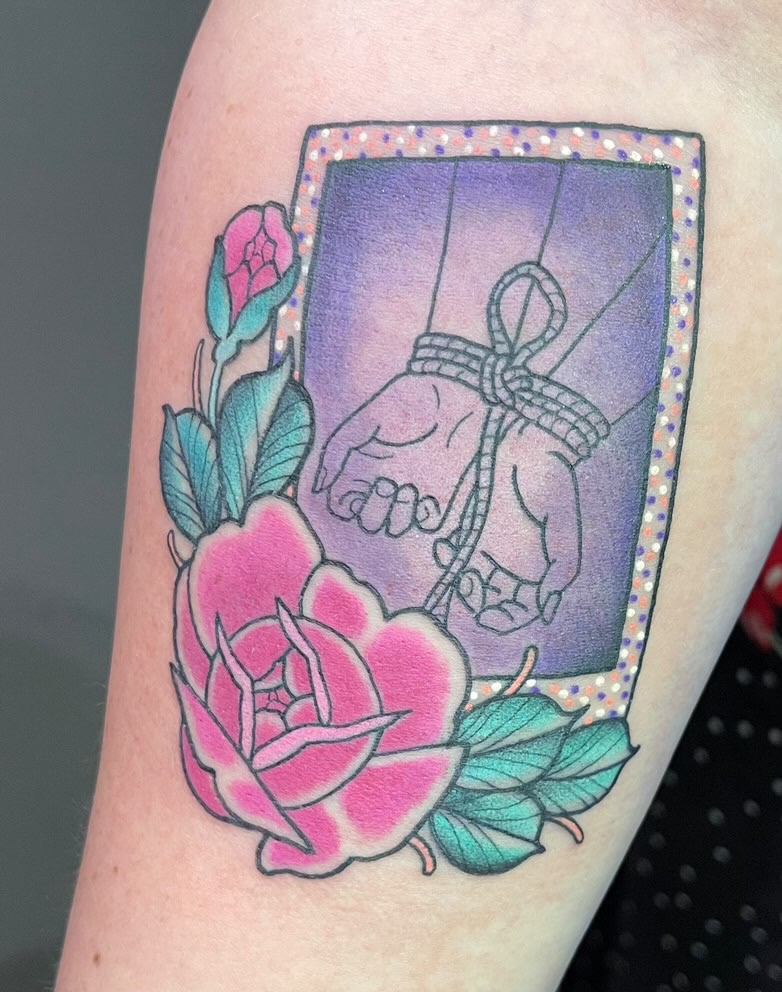
@gerfer_tattoo – Dublin, ROI
“My name is German Ferreiroa AKA @gerfer_tattoo, I’m an Argentinian tattoo artist based in Dublin and co-owner of Secret Door Studio with my best friend Julie Midnight. My work is inspired by all gay subcultures, mostly leather and uniform men and, of course, I get specific requests and I do designs with whatever kinks or fantasies the custumer has.”
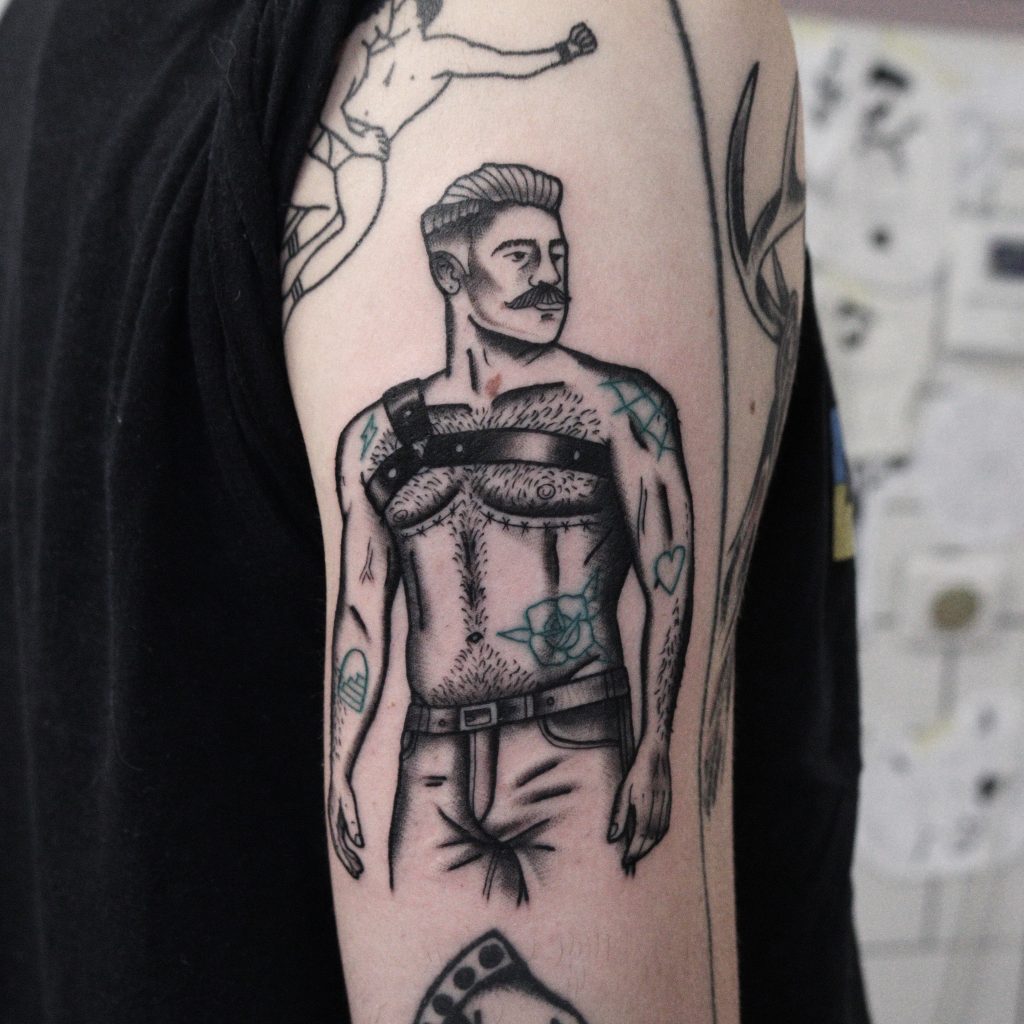
“At the end of the day what I love to do is to portray how beautiful the male body is in any way, shape and form.”
“I’m now known for my male genital tattoos [see below]. Something that not a lot of artists do. Alongside my tattoo career, I did a few different art projects including The Male Project and the Dick Pic Project, working with real models and self publishing six books. I’ve done different exhibitions in different studios and tattoo conventions around Europe and many more to come.”
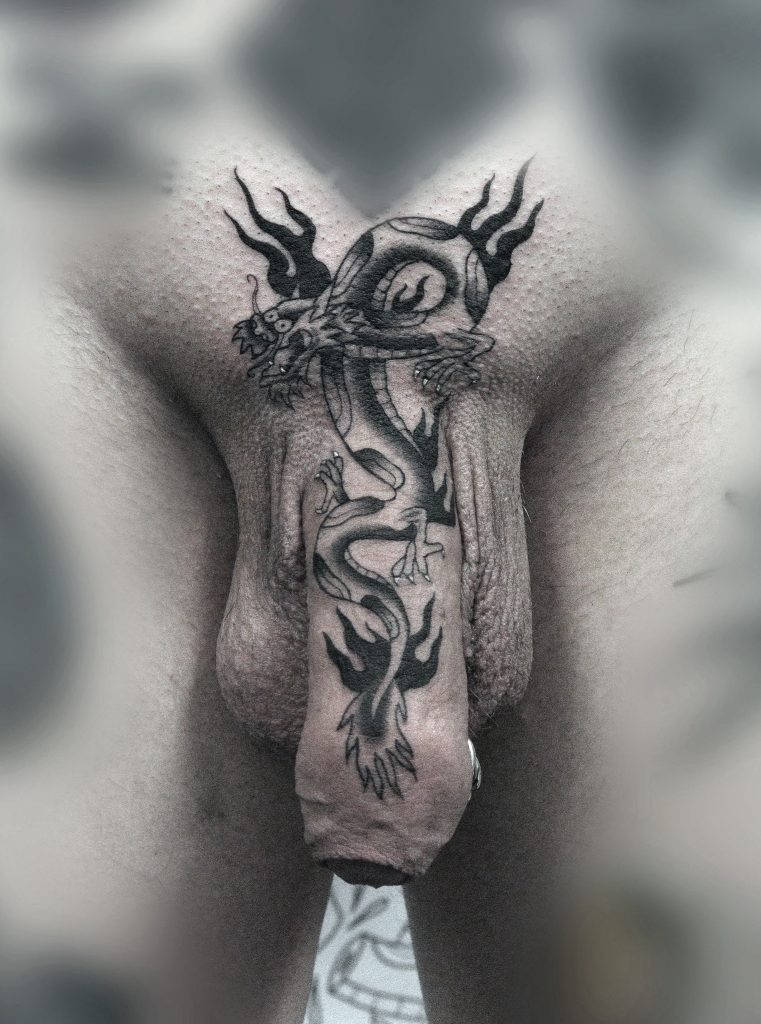
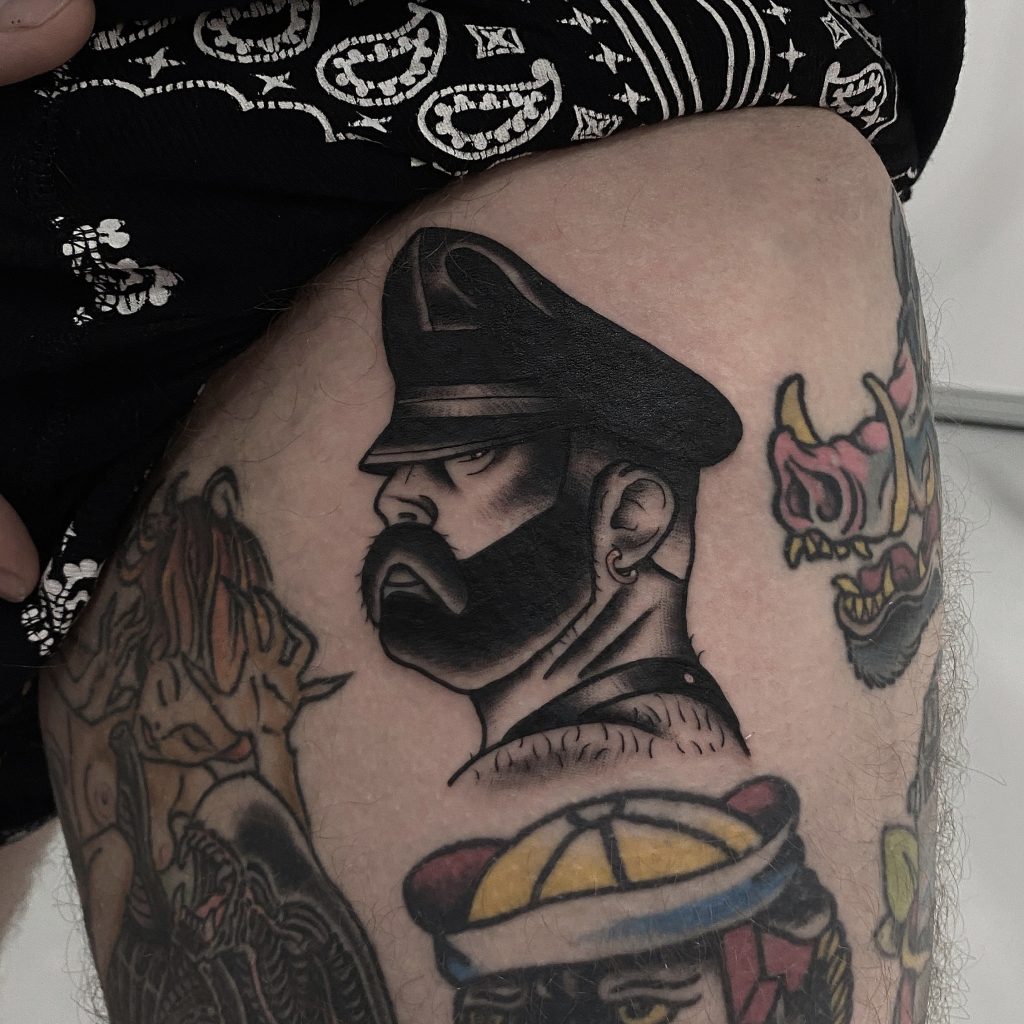
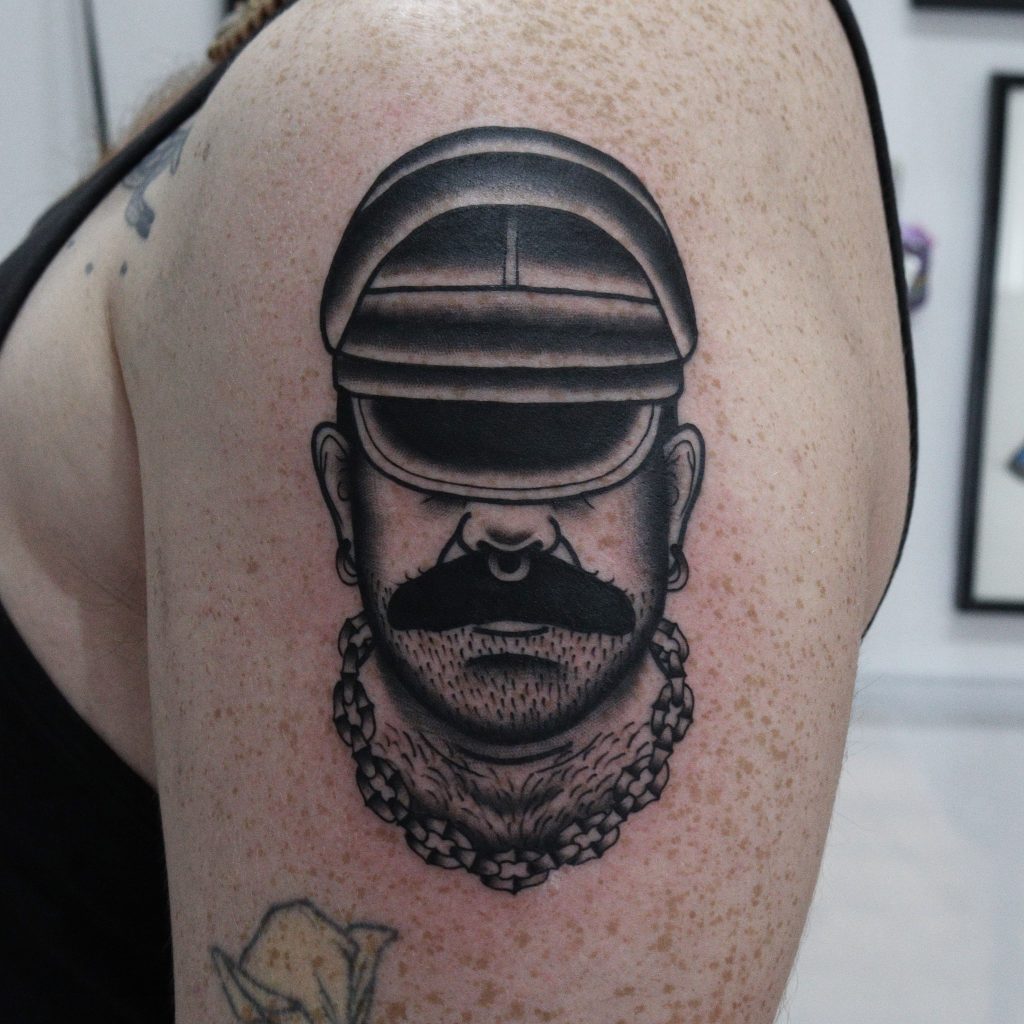
@jaggyleightattoos – Glasgow, UK
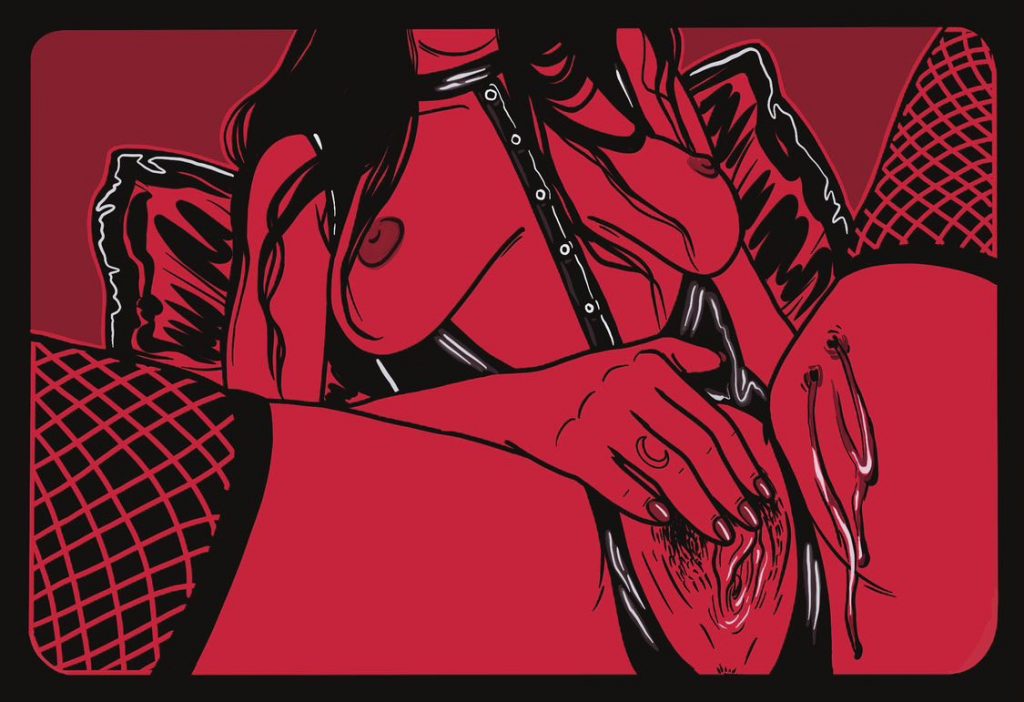
“I created this because with all of the censorship that happens with vaginas and any sexual reference at all, I wanted it to be a confrontation to the viewer. And for them to simply enjoy it.”
Have you got any kink or BDSM tattoos? Or are you thinking about getting one? DM us on our Insta @thingsandink
About Things&Ink
Originally a printed tattoo magazine, Things&Ink is now a popular blog that takes an artistic approach to content. Our goal is to create work that utilises tattoo artists and people with interesting stories to share. This is a blog for artists, collectors, and those yet to go under the needle. As a reader, you will find out about new artists, products, and ideas that will enrich your tattooed lives. To stay up to date with our socials, check out the Things&Ink Instagram where we post frequently!
